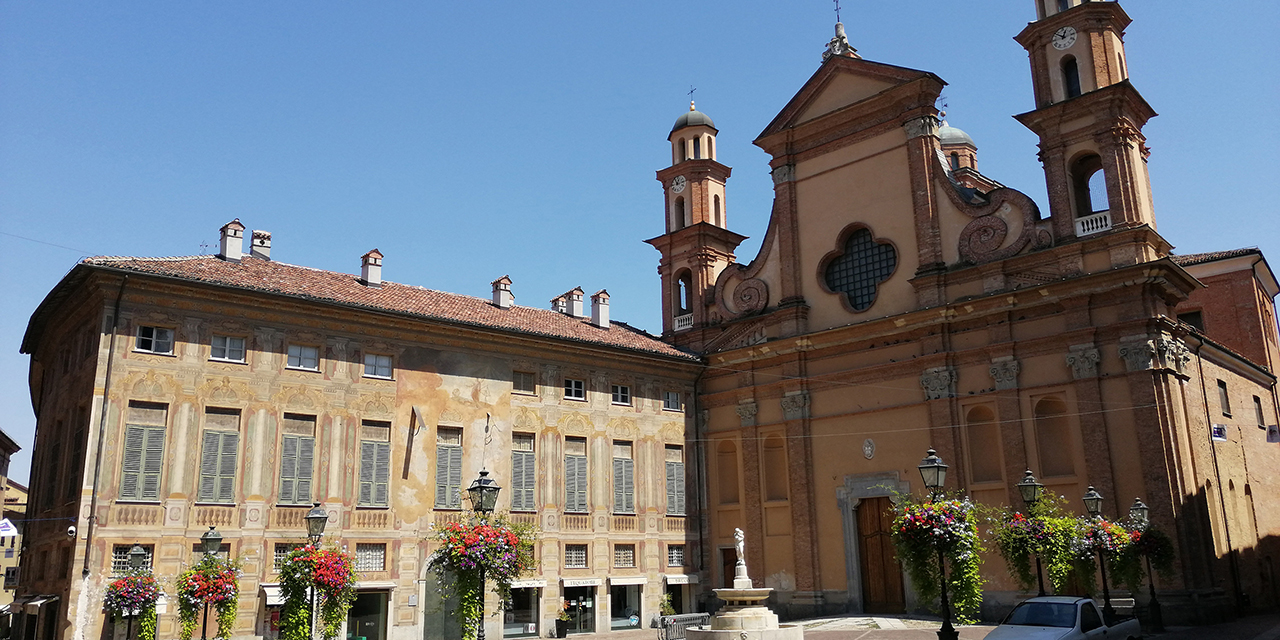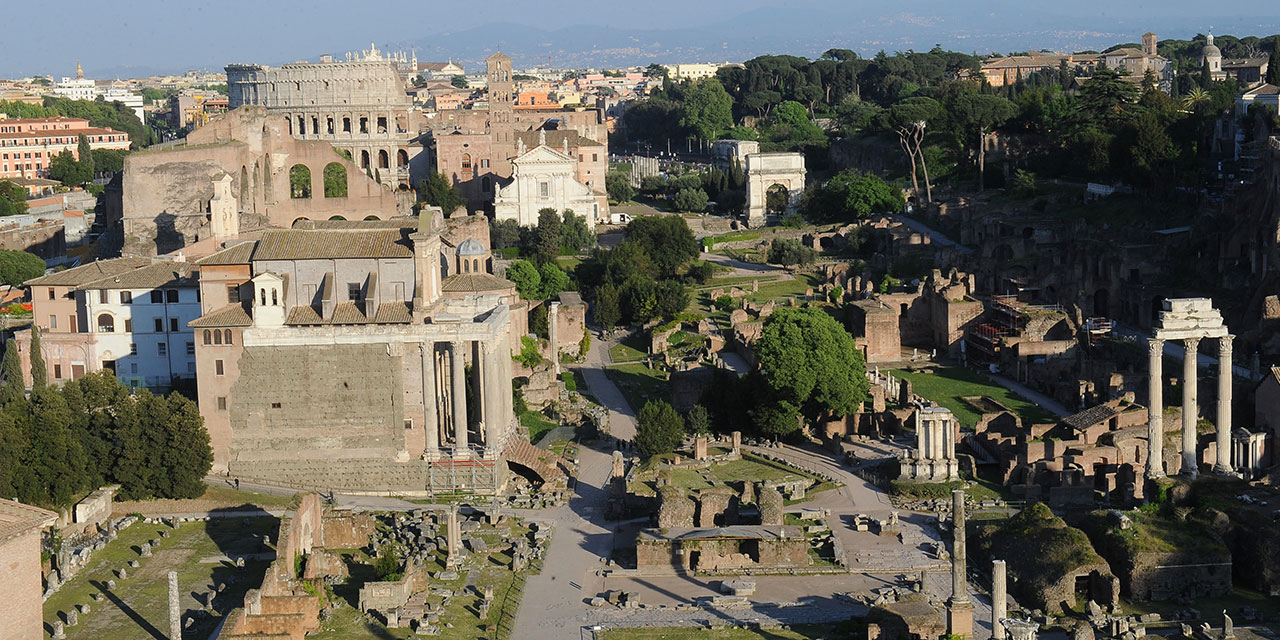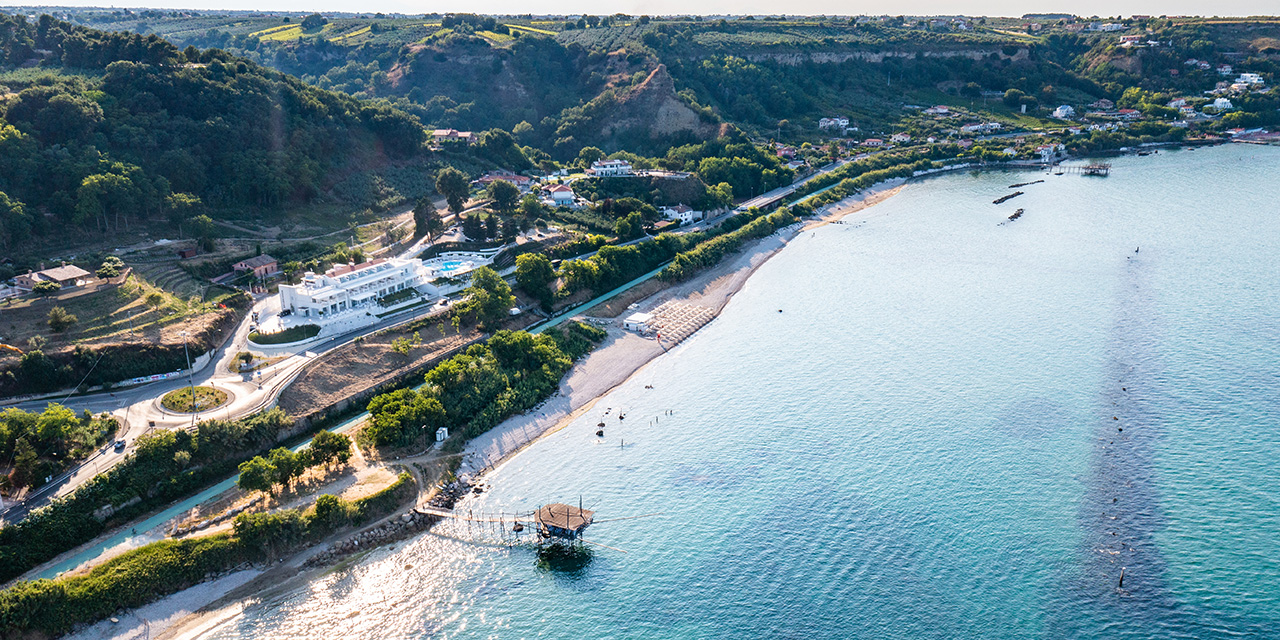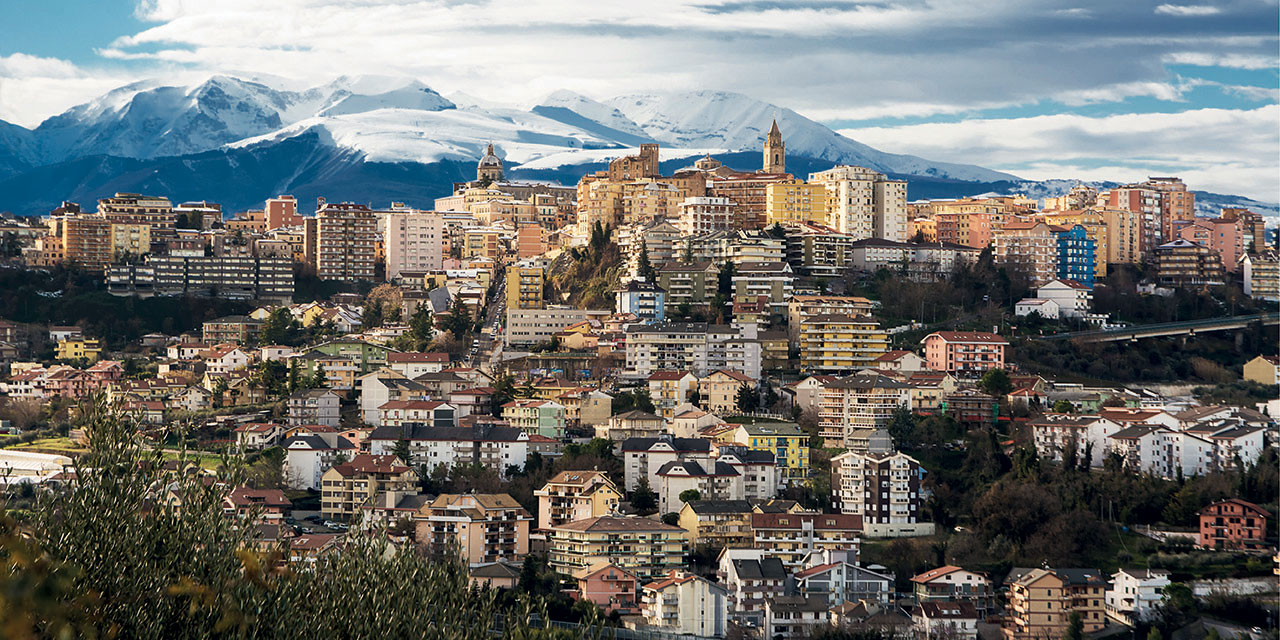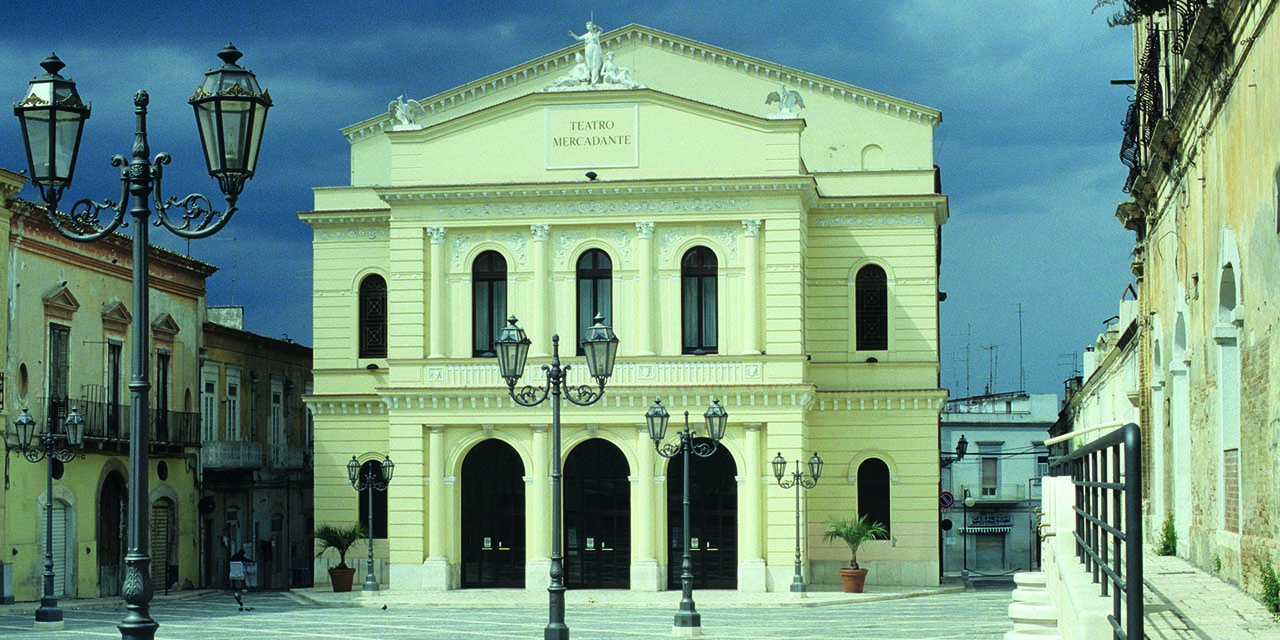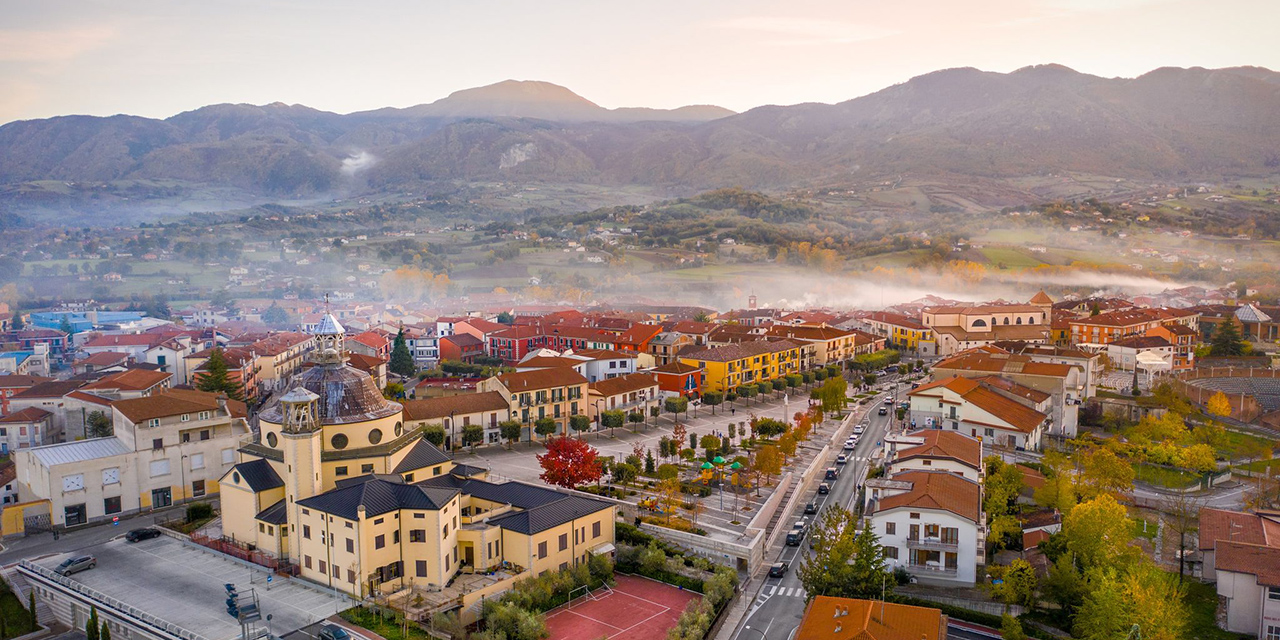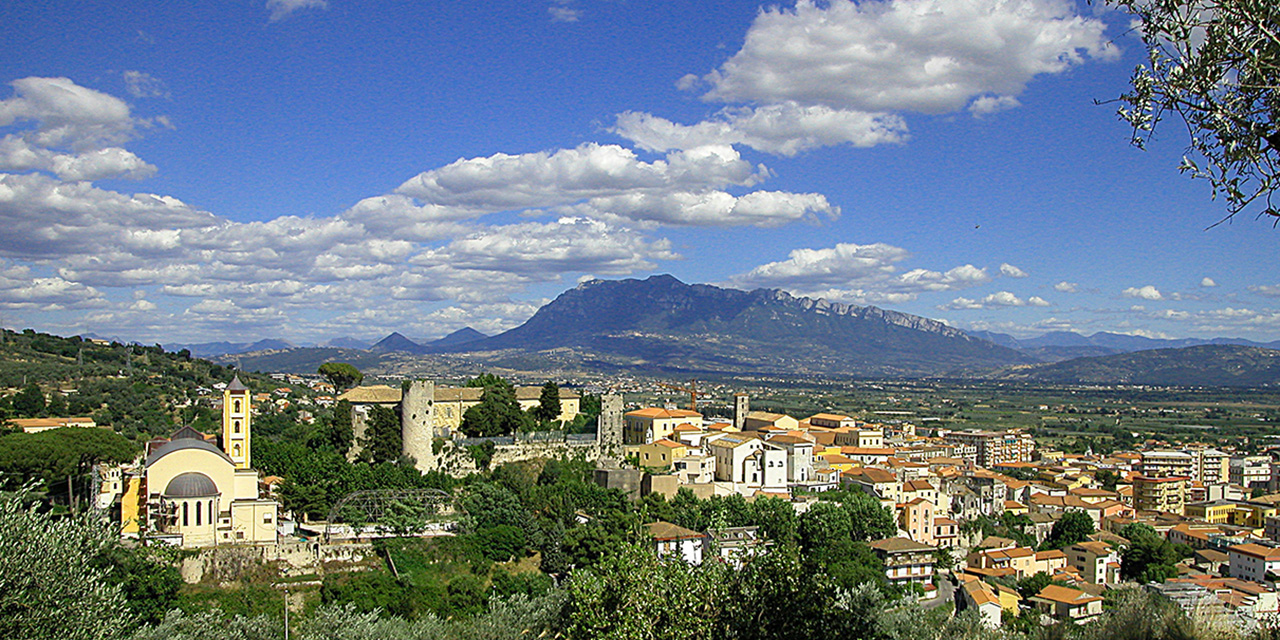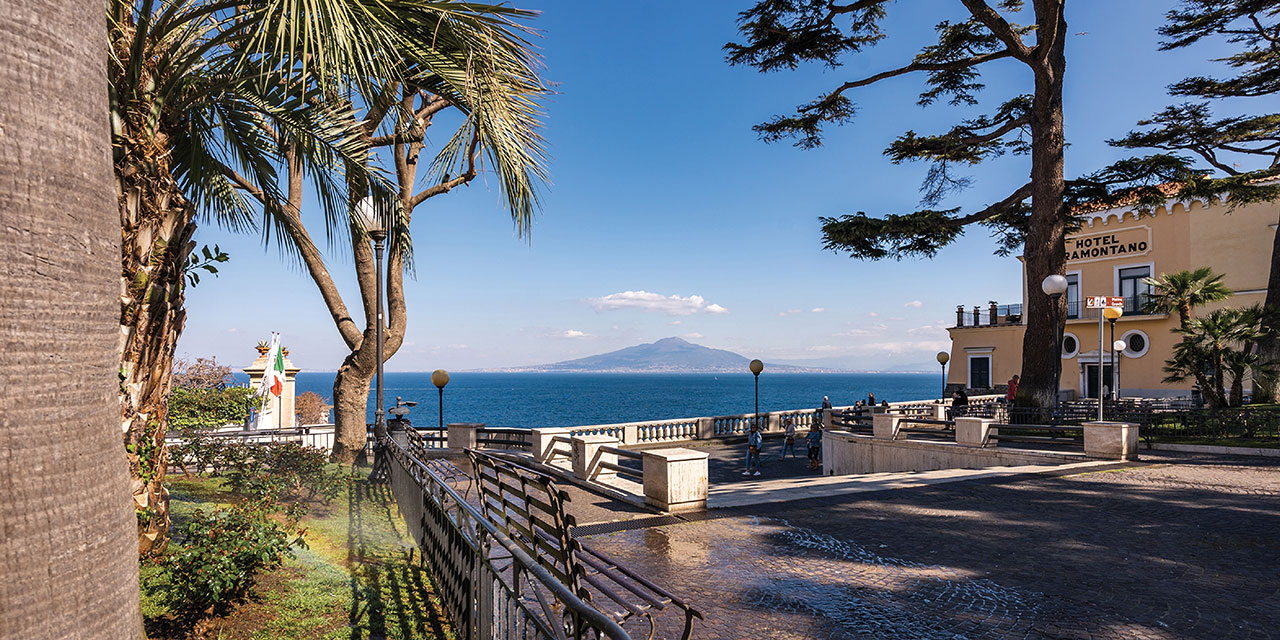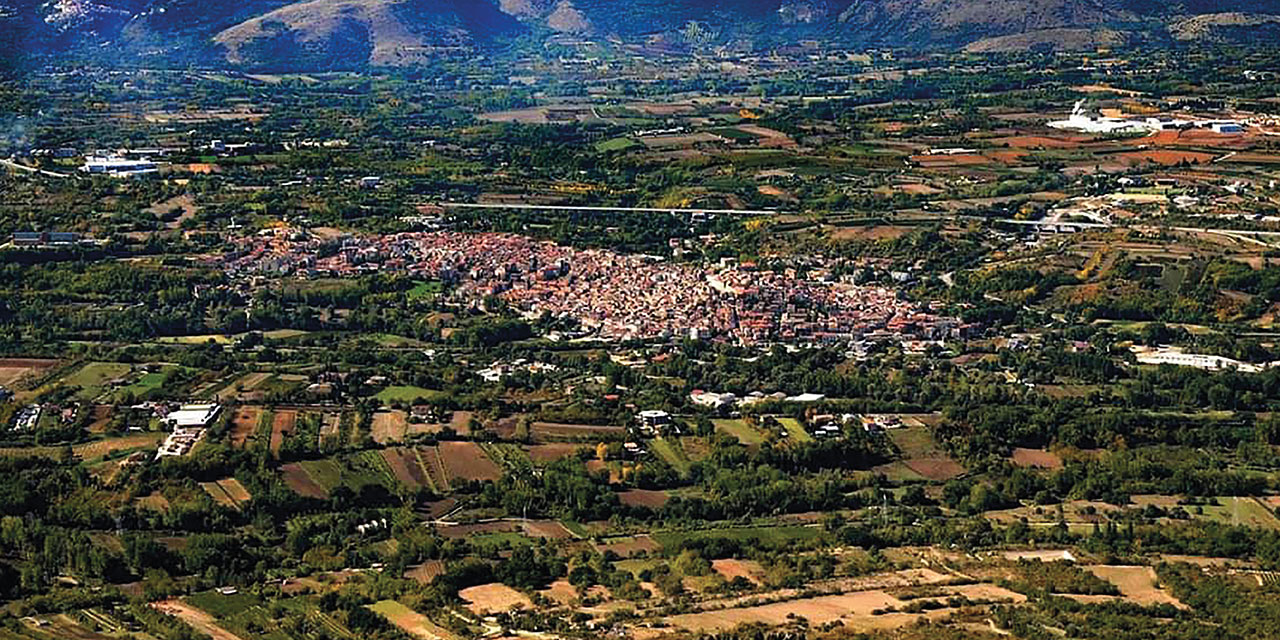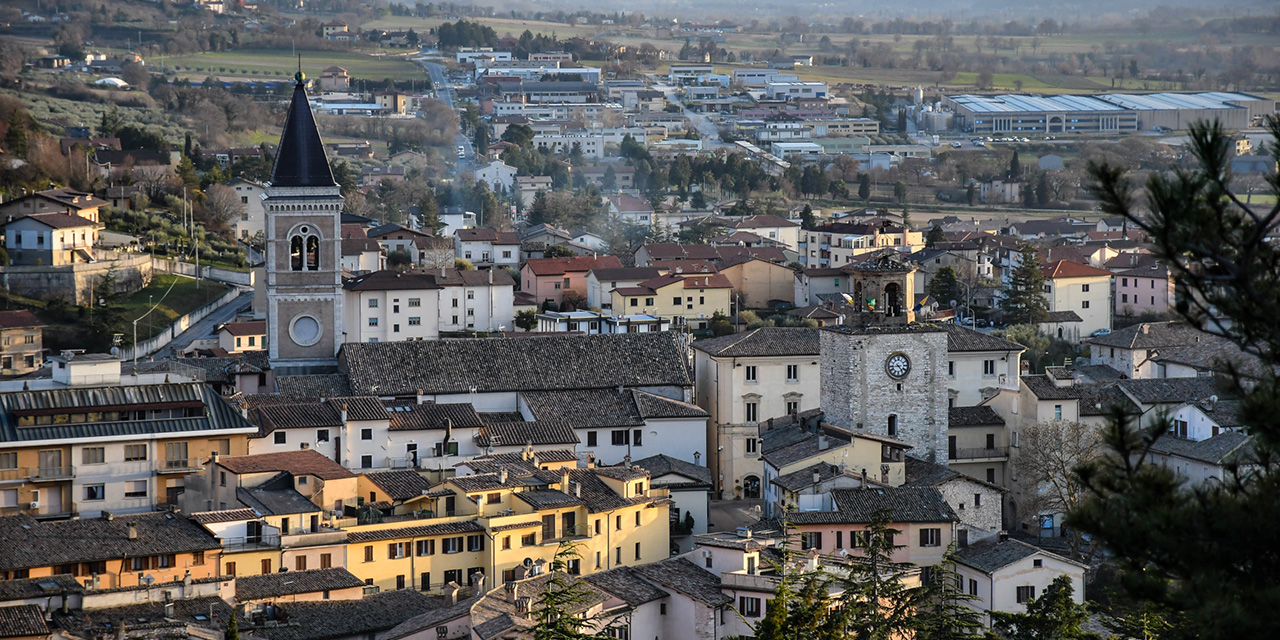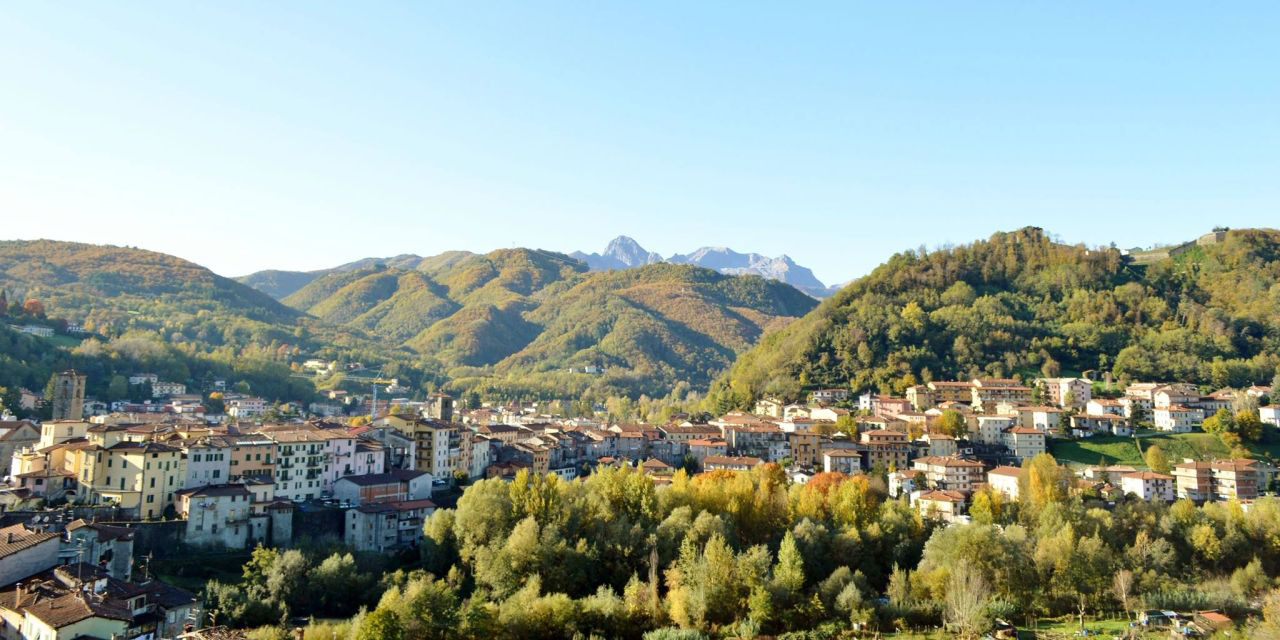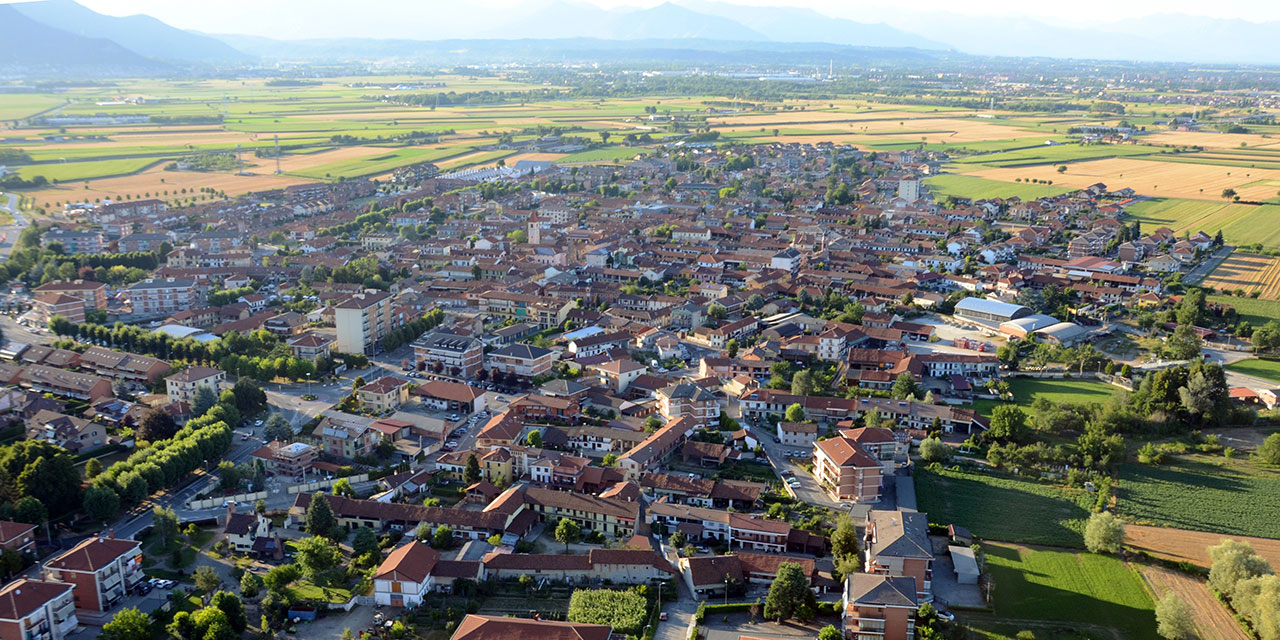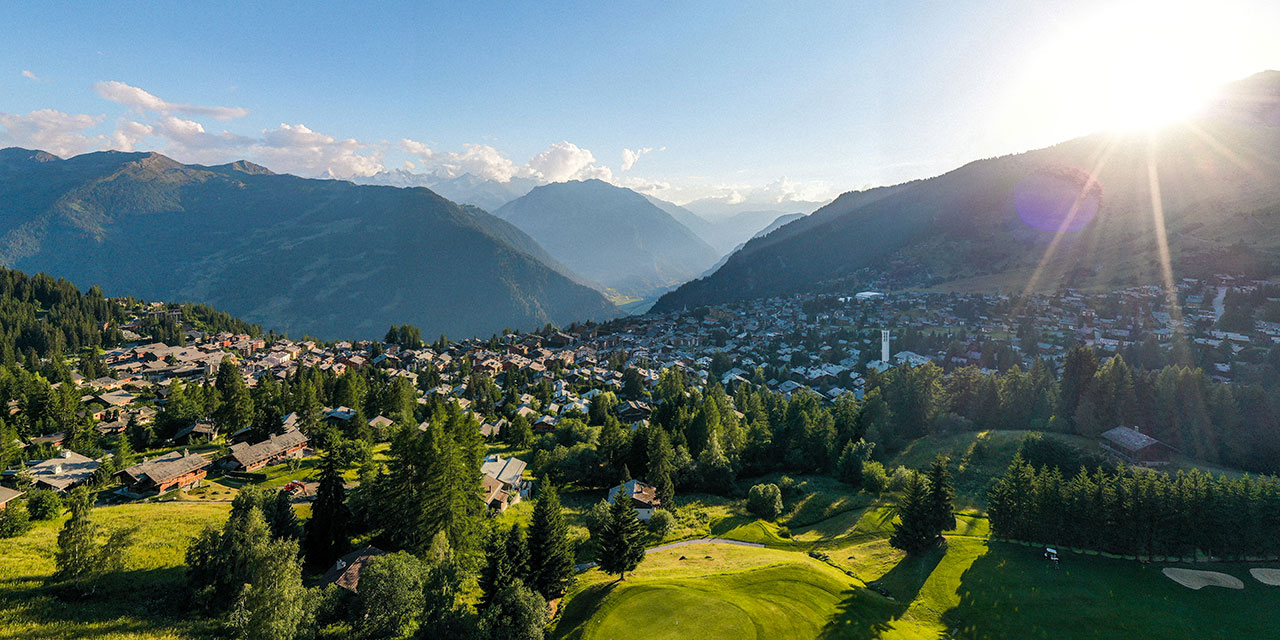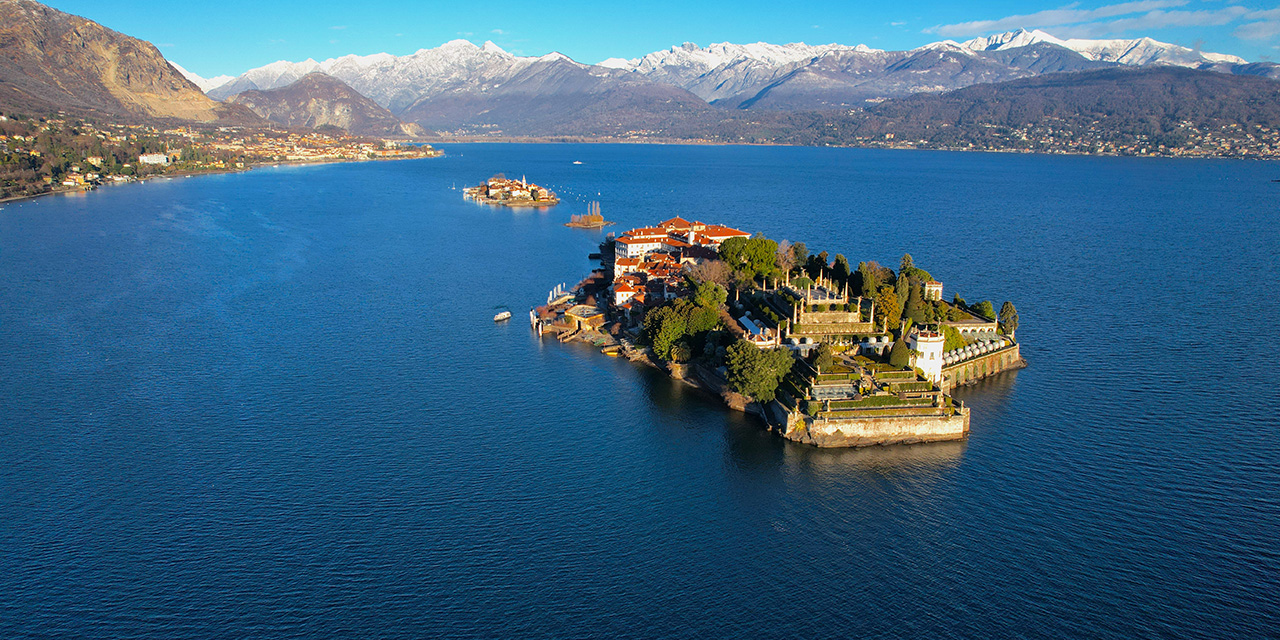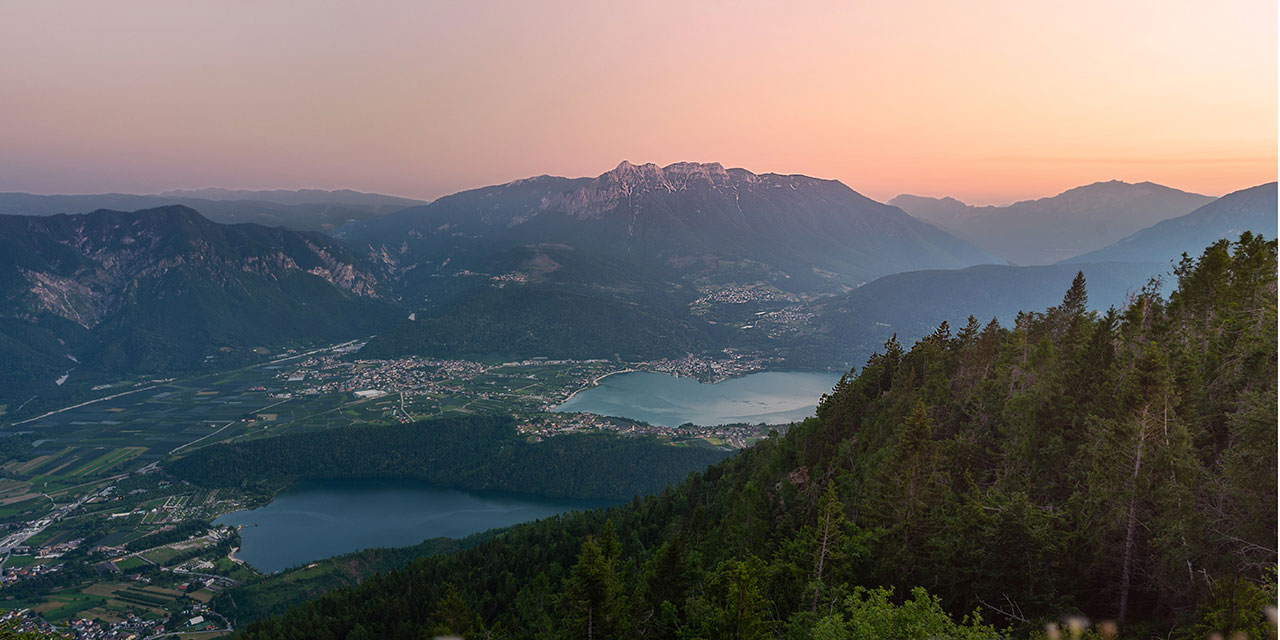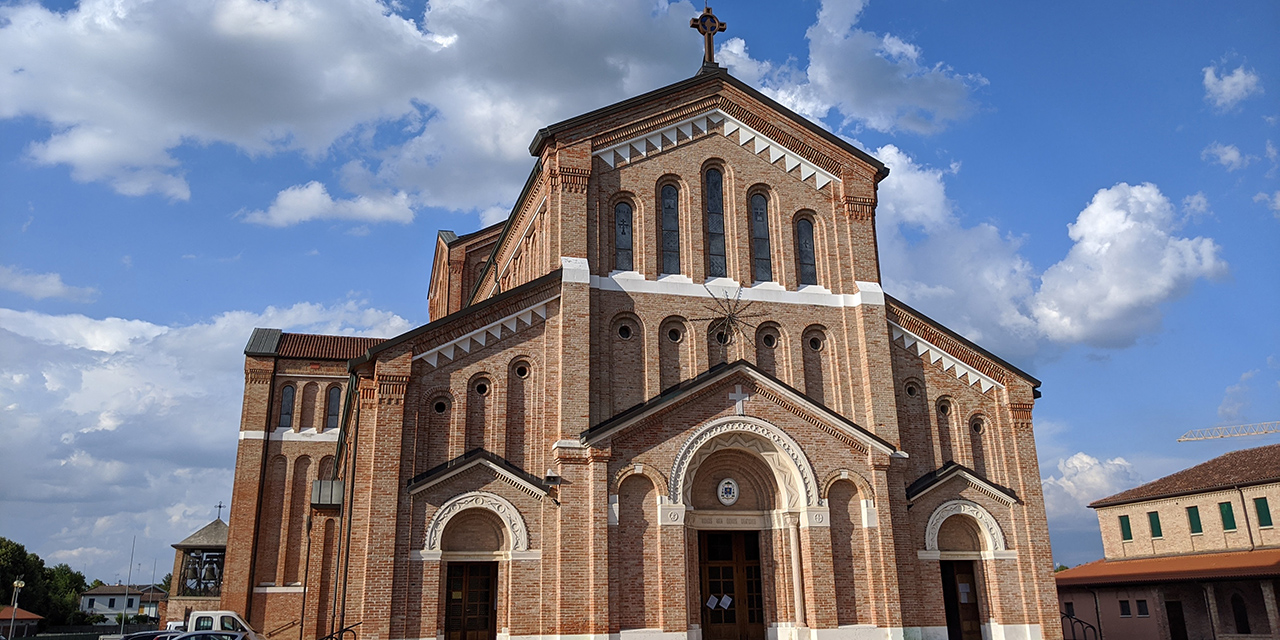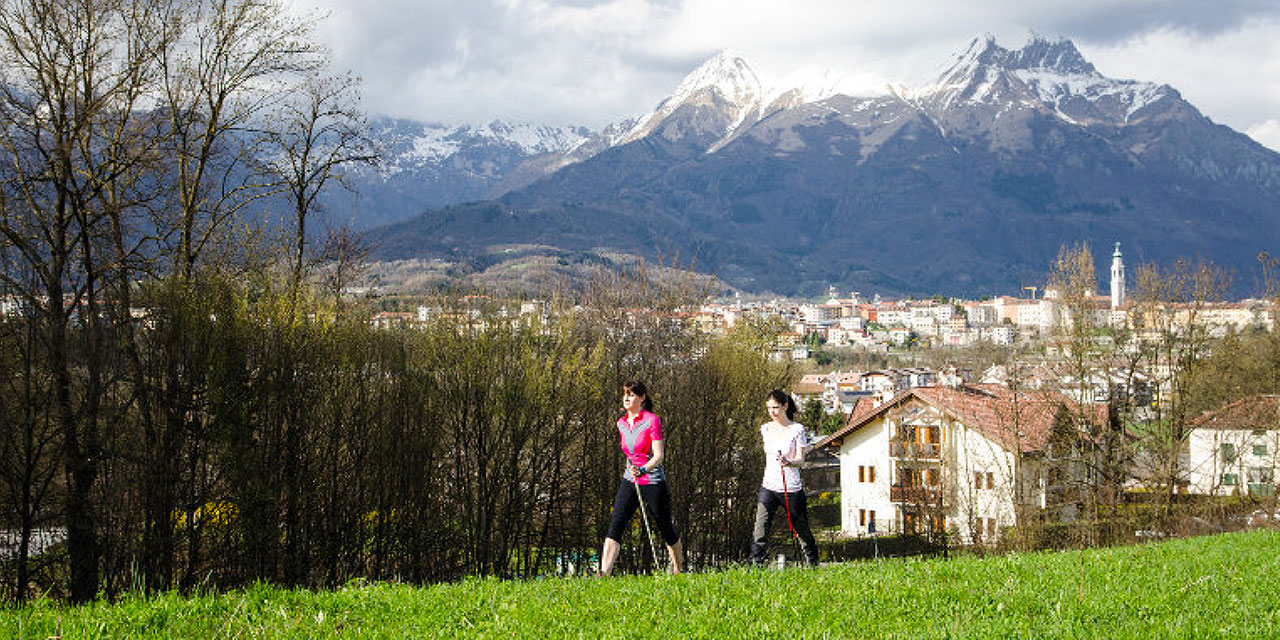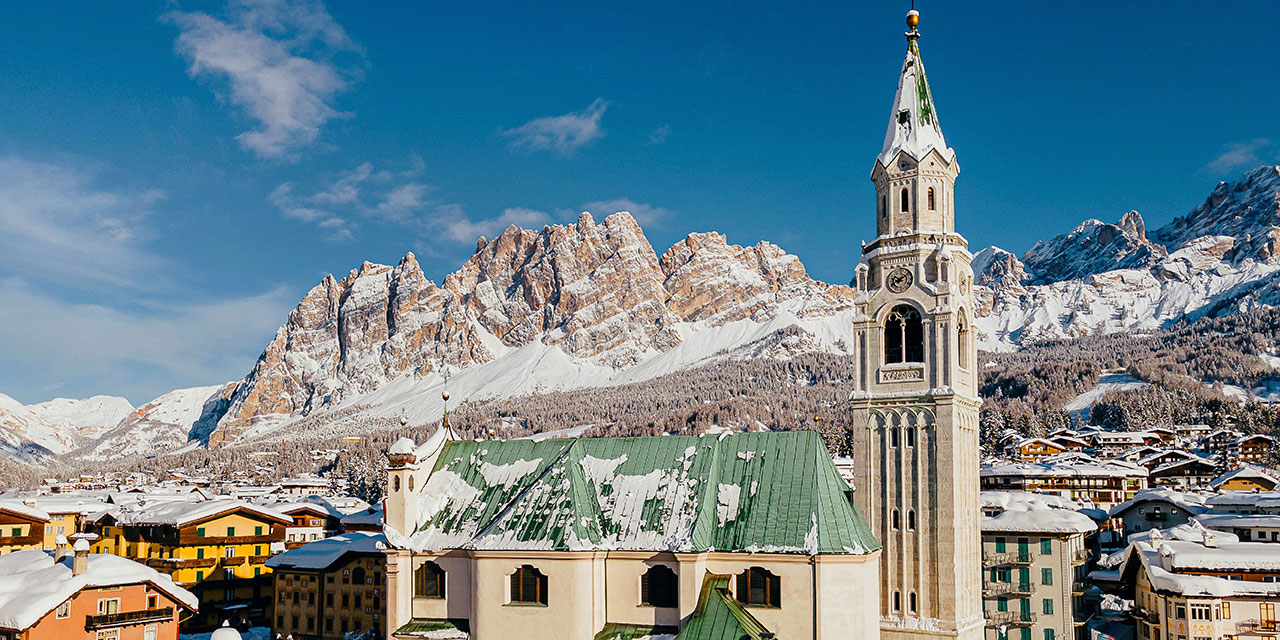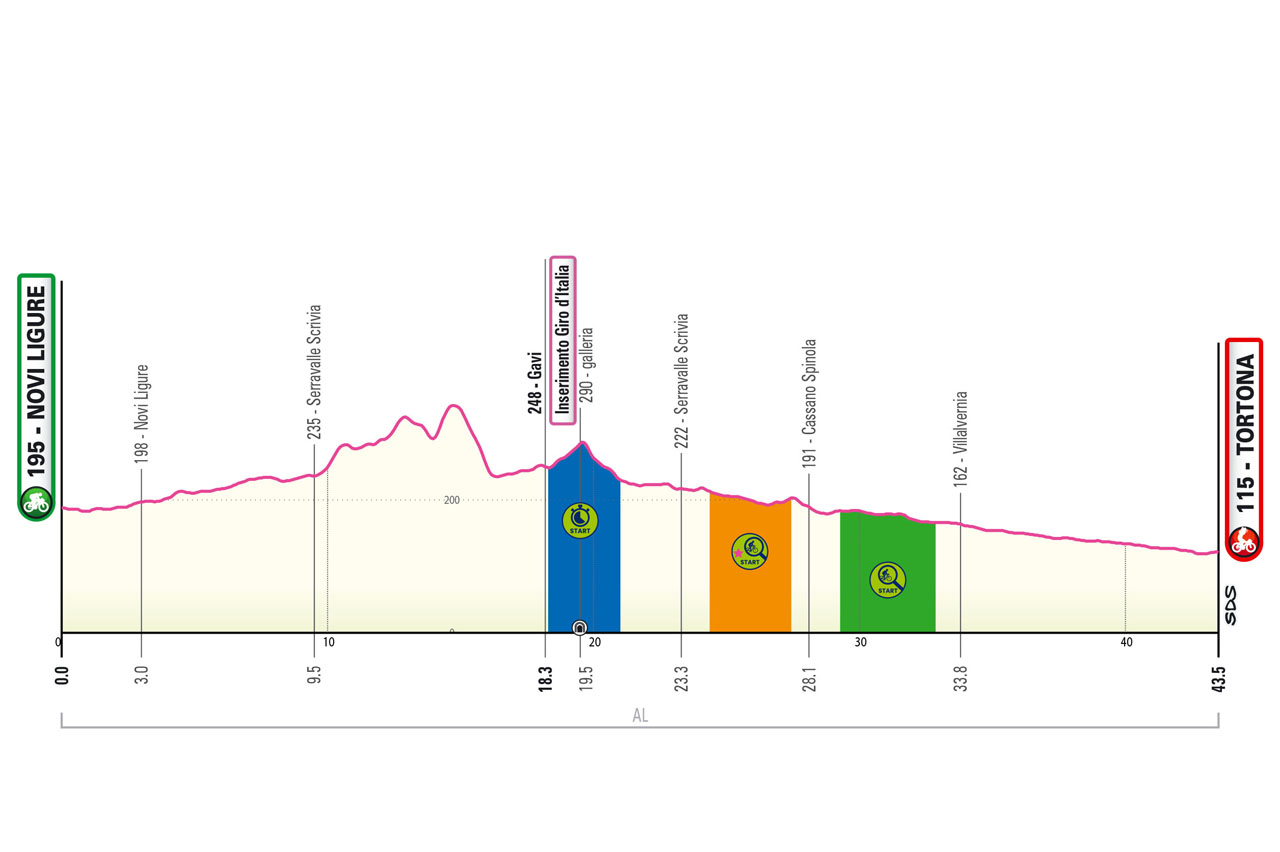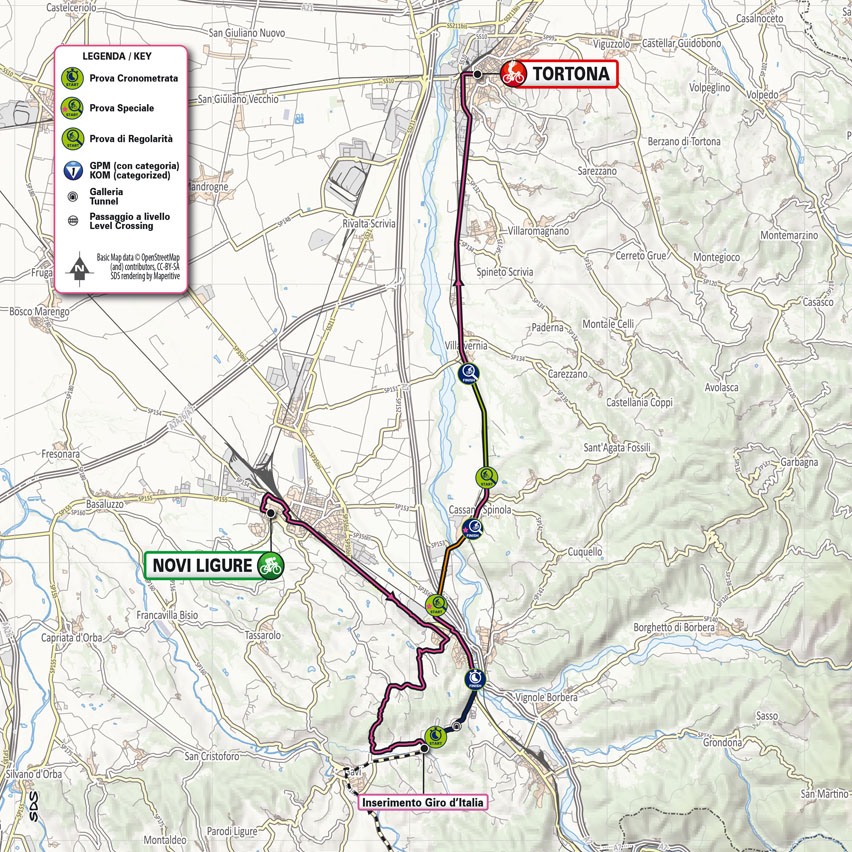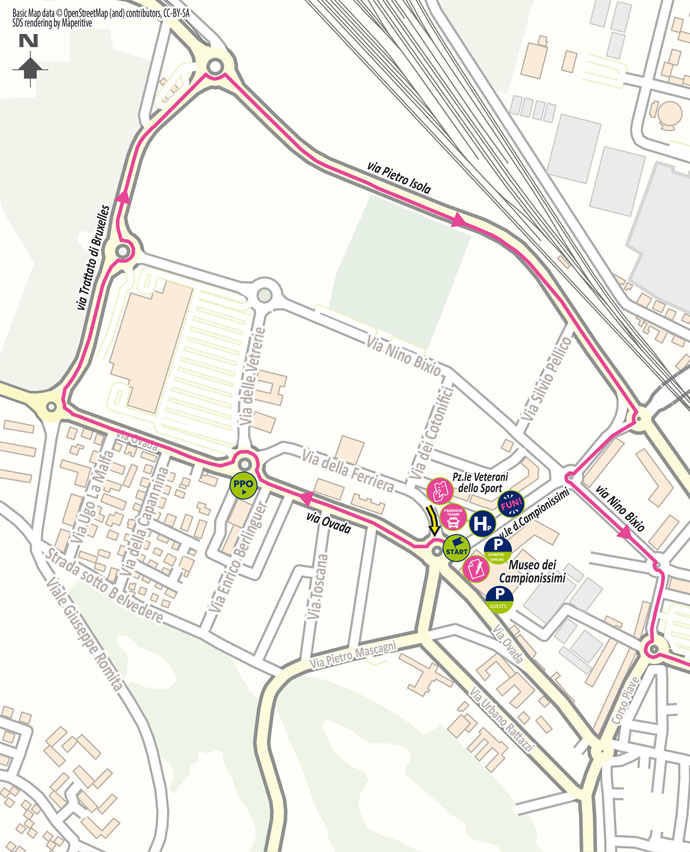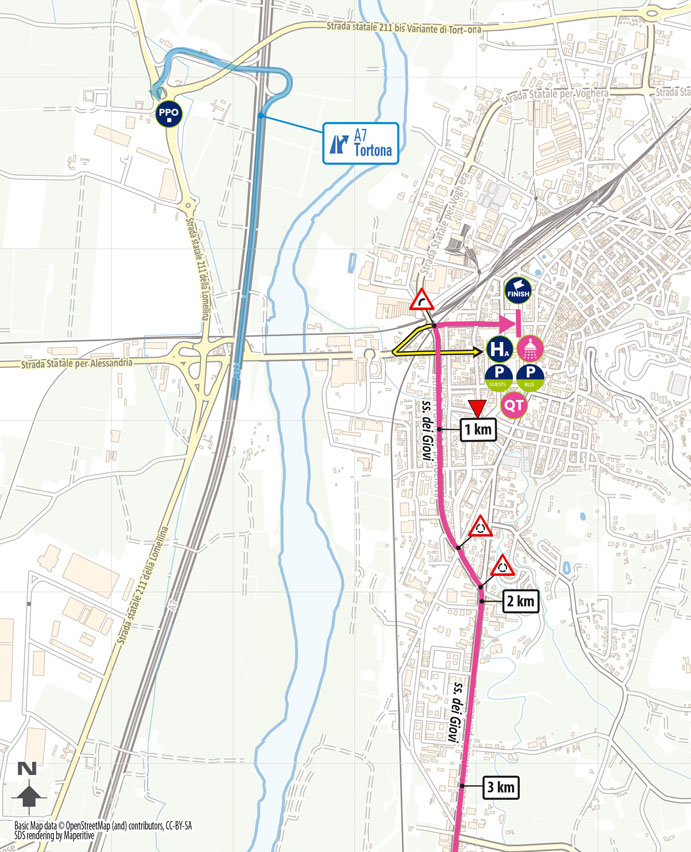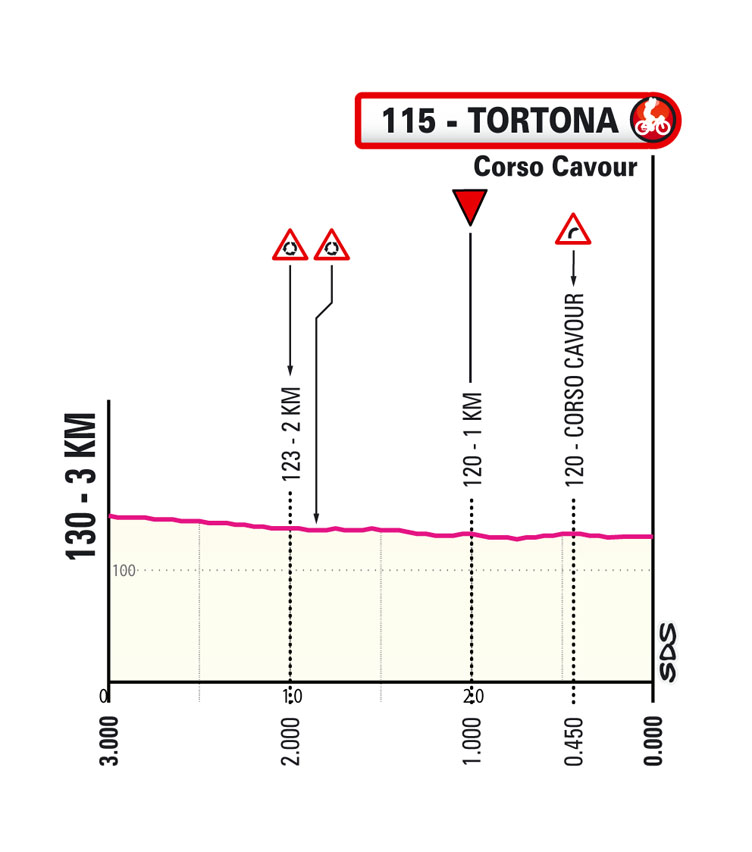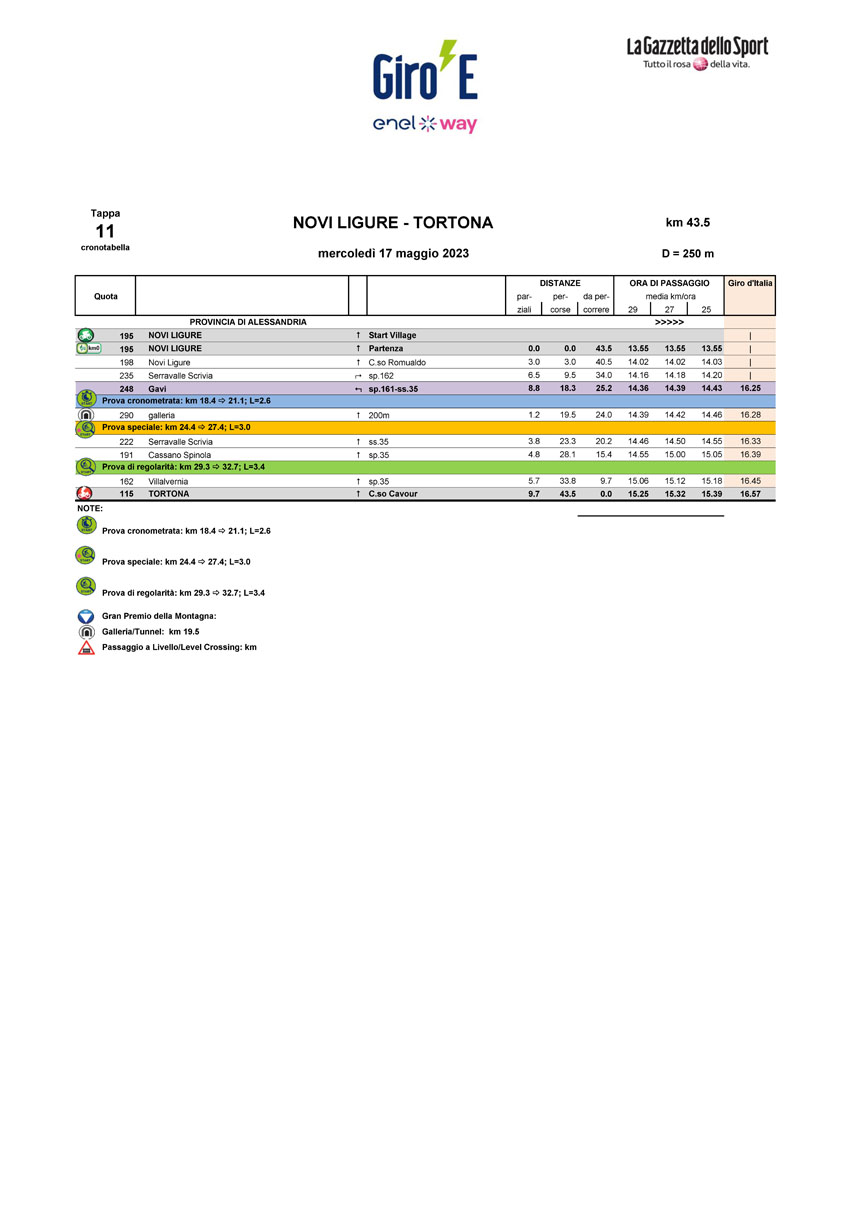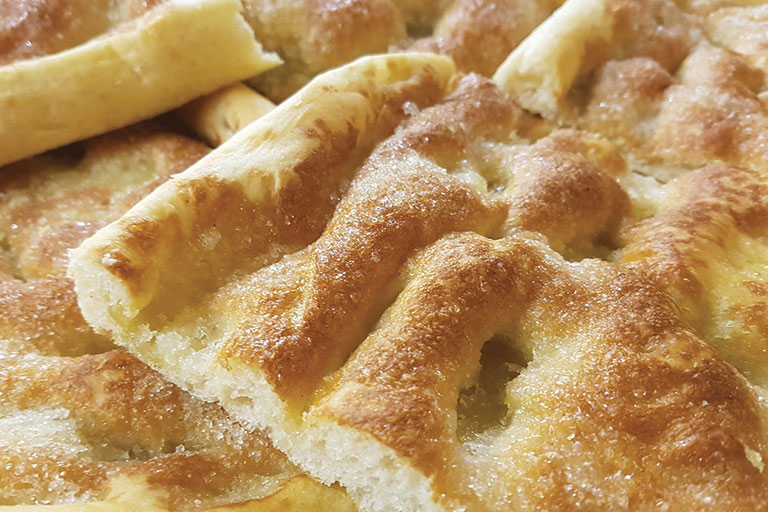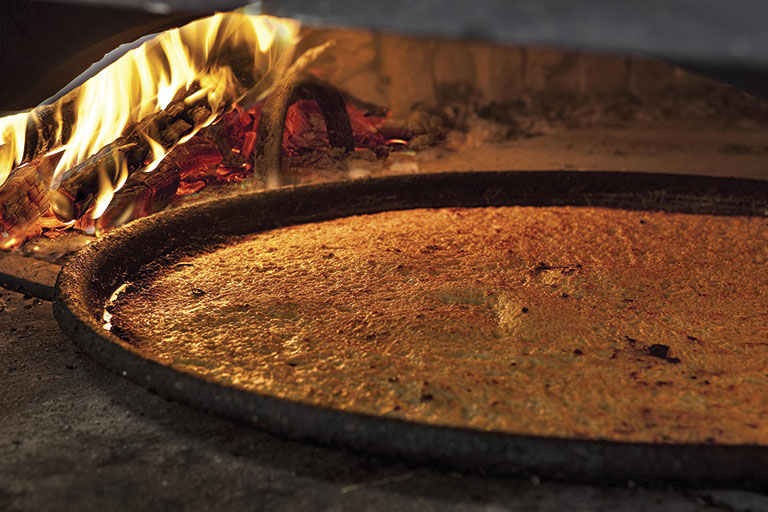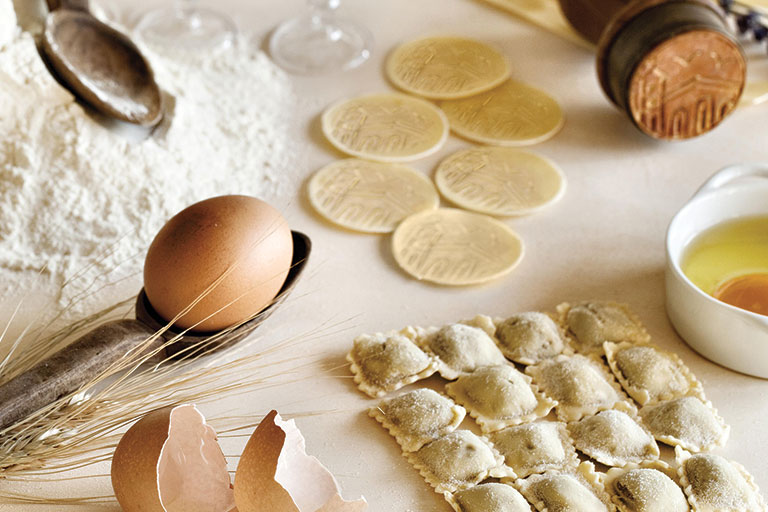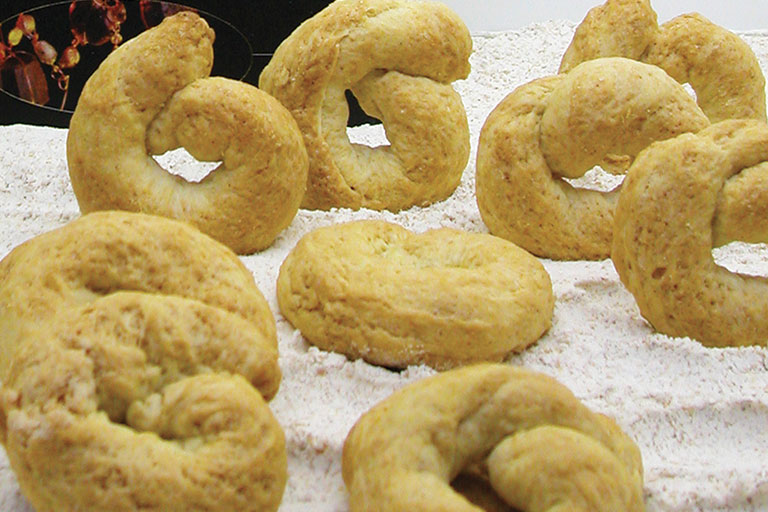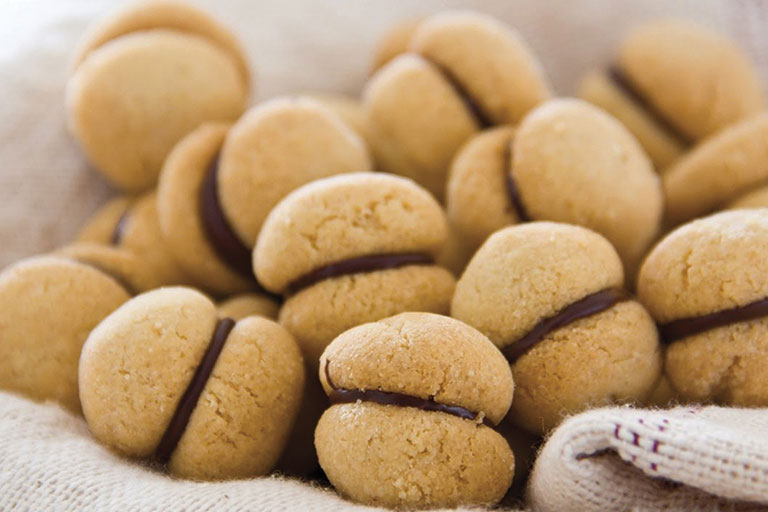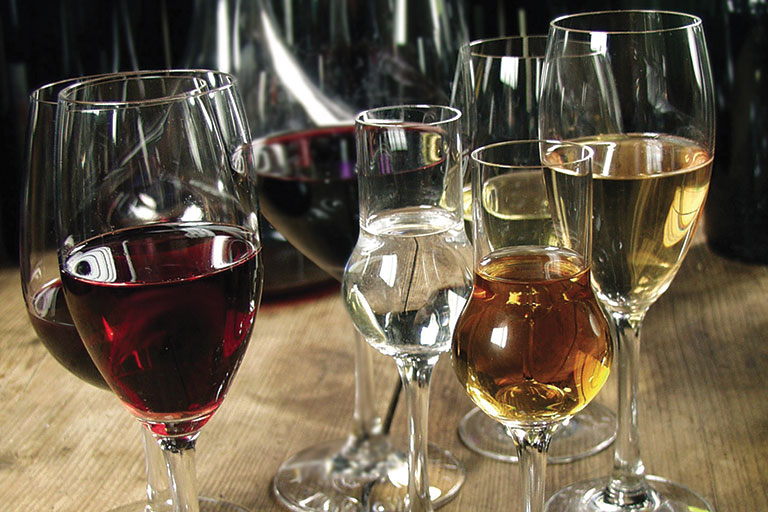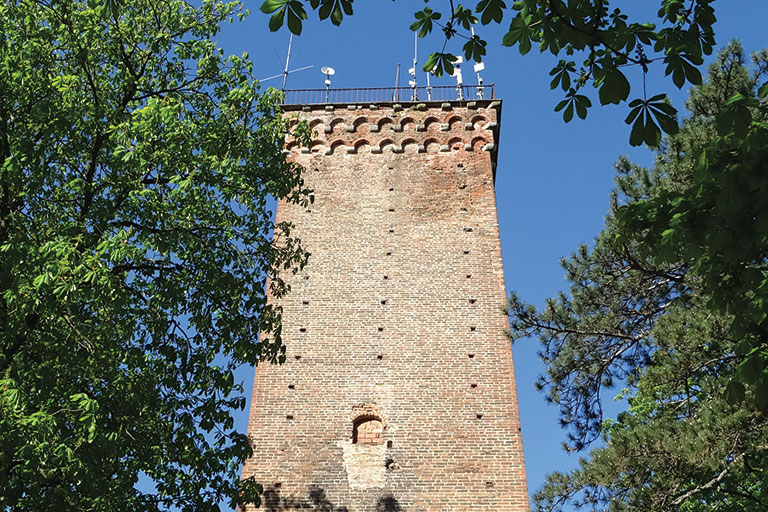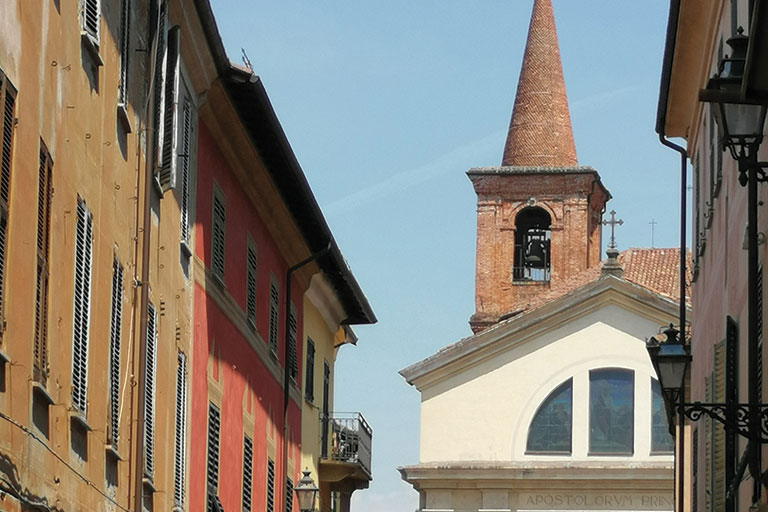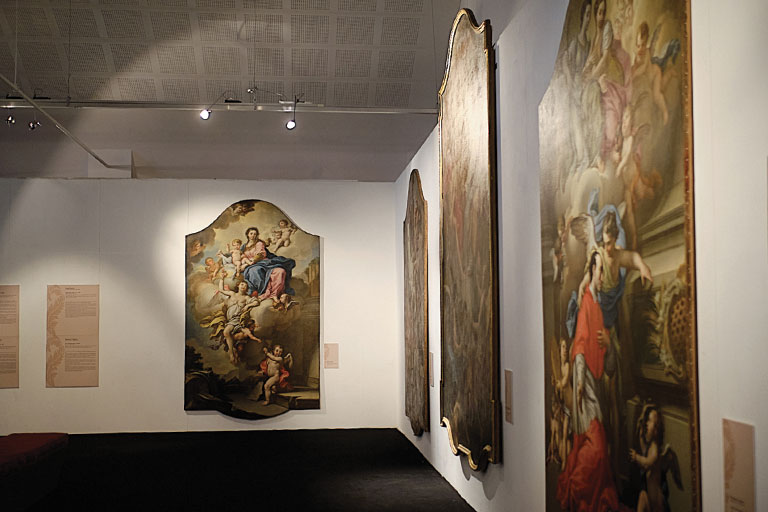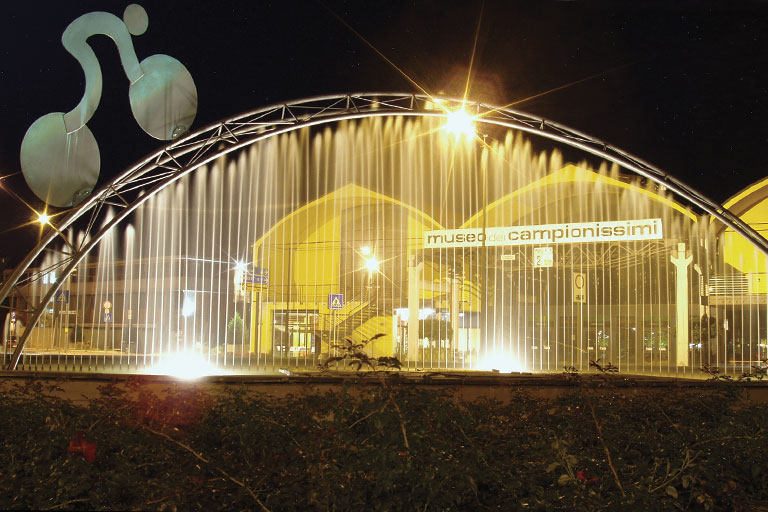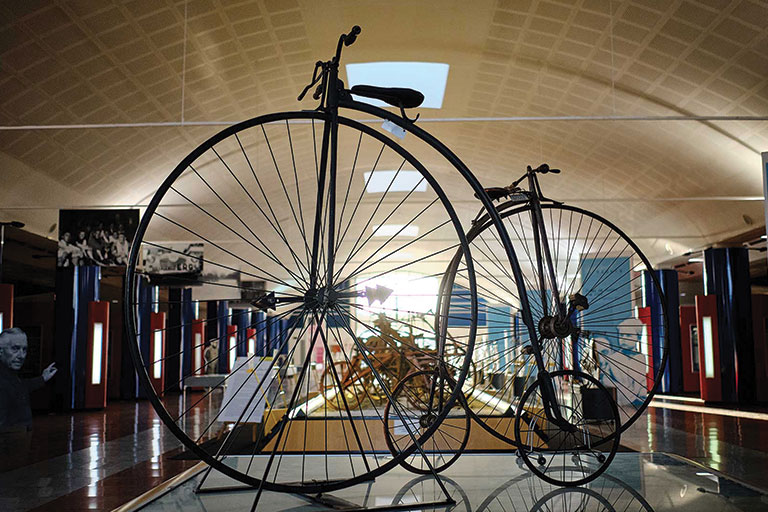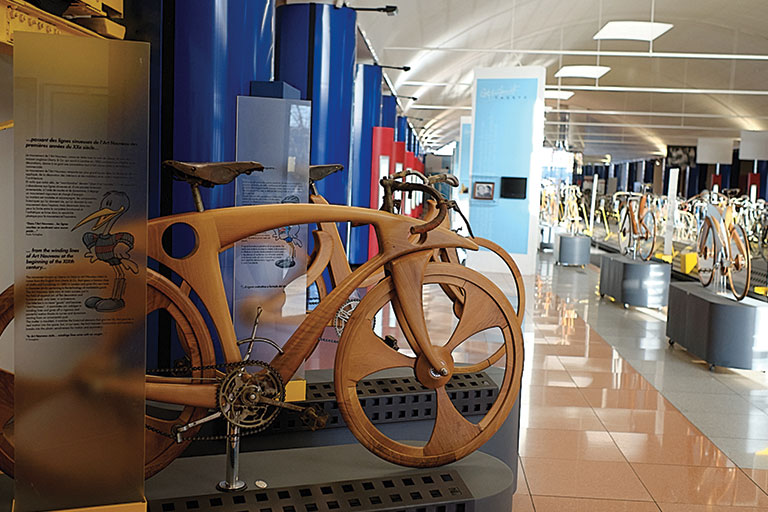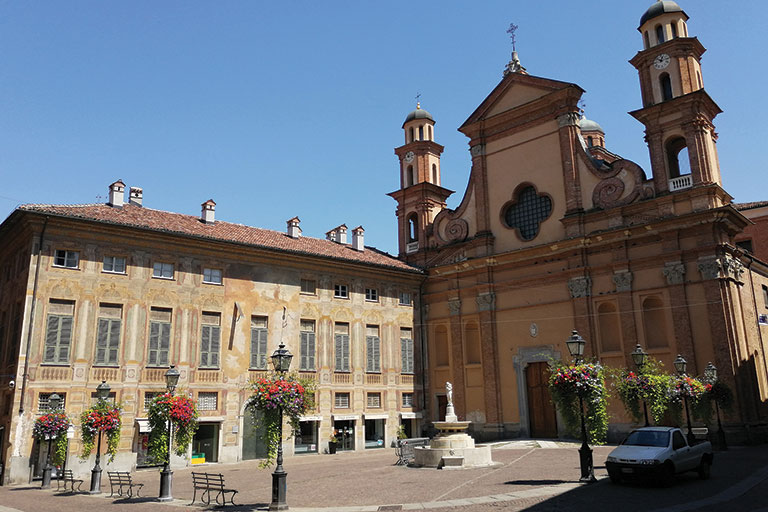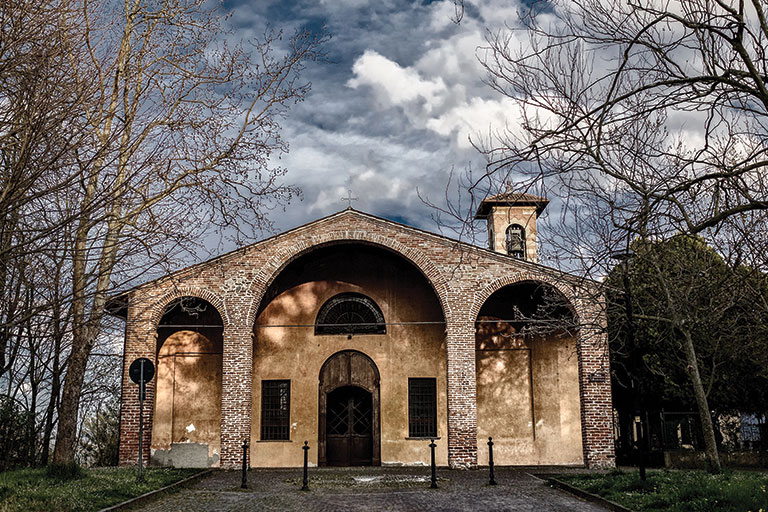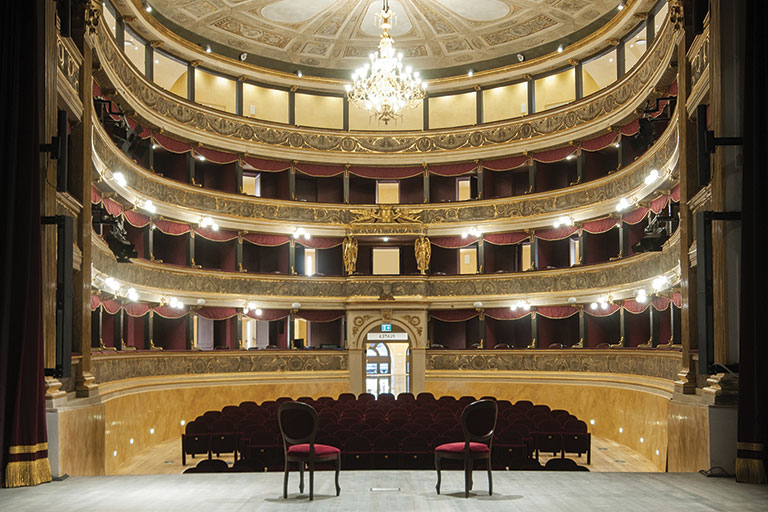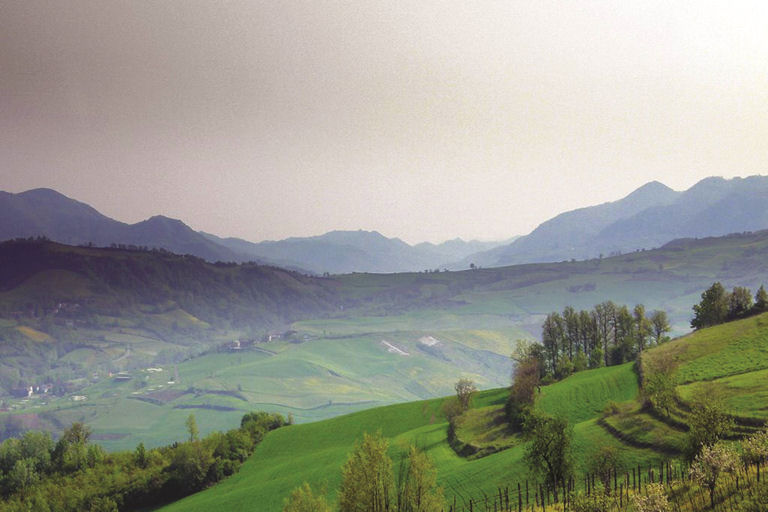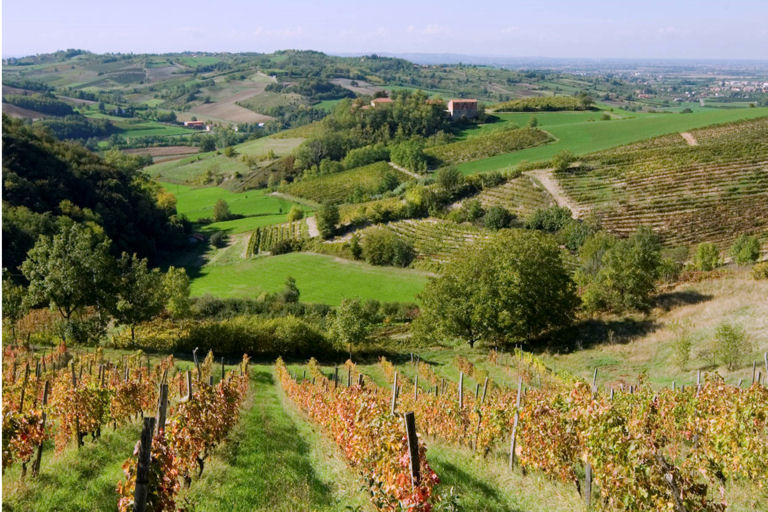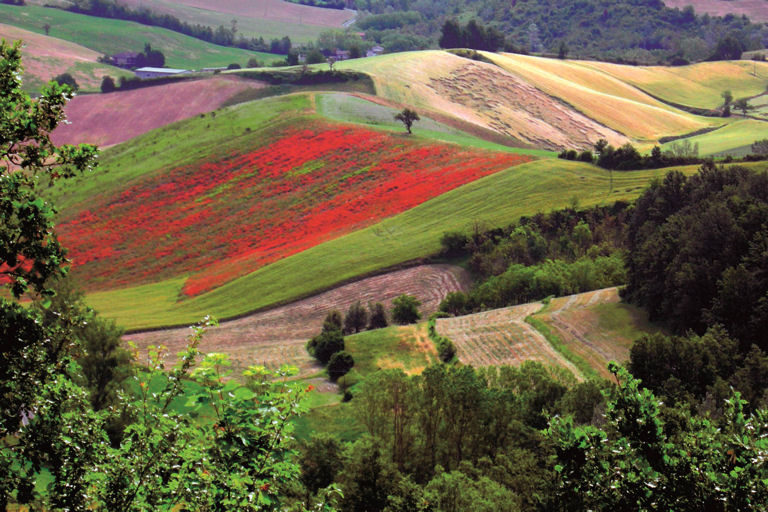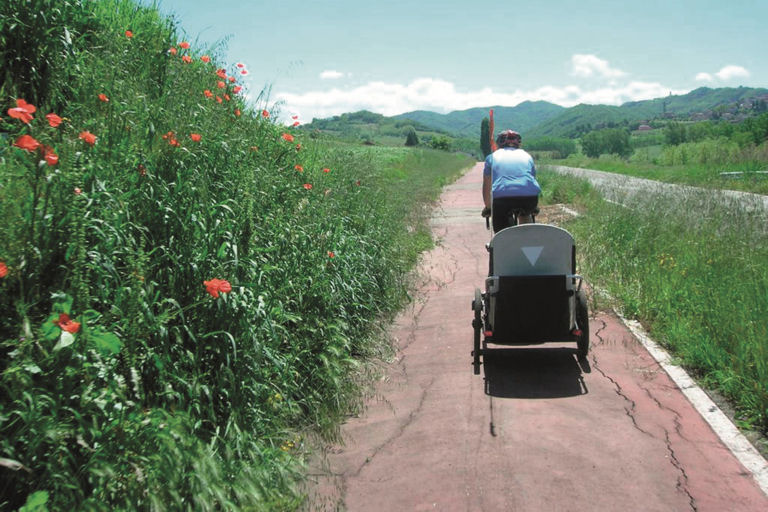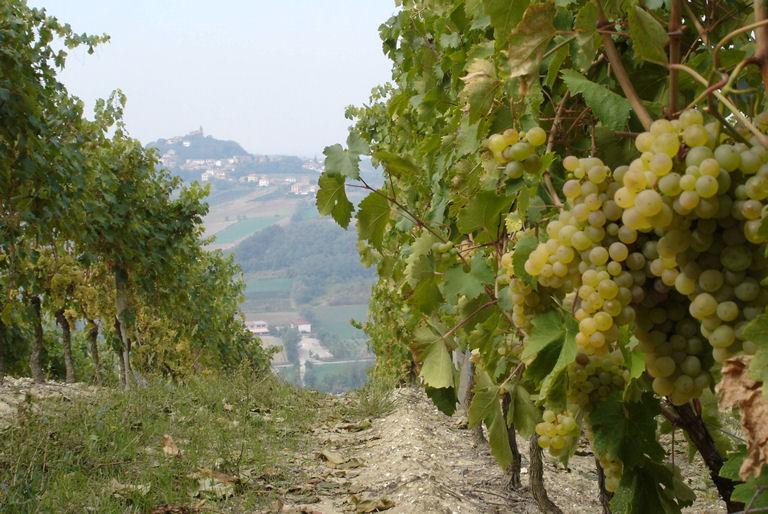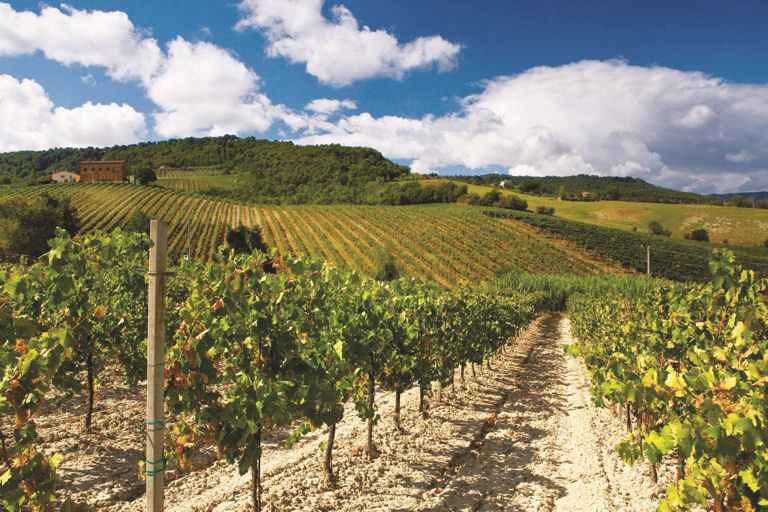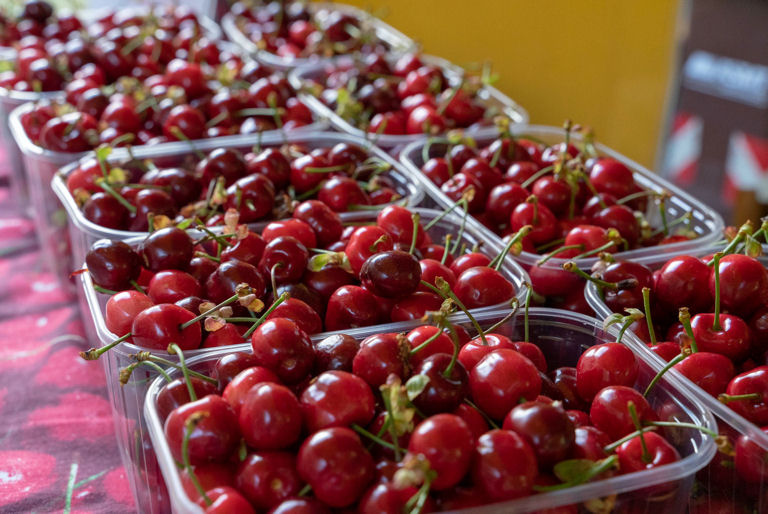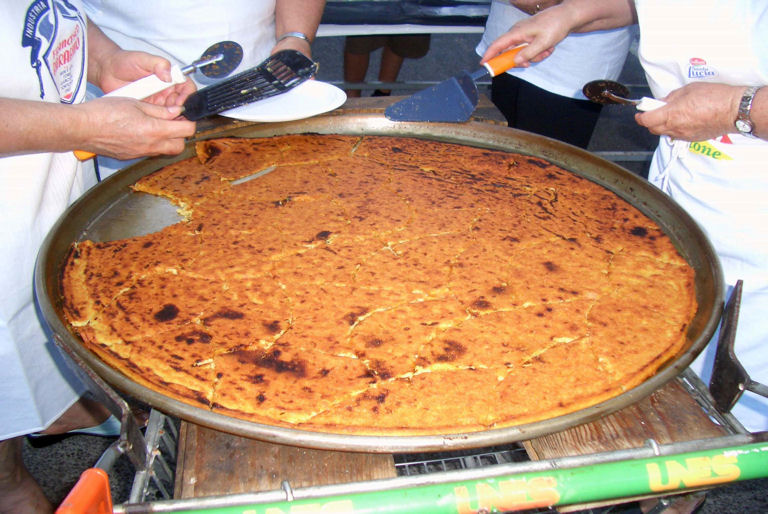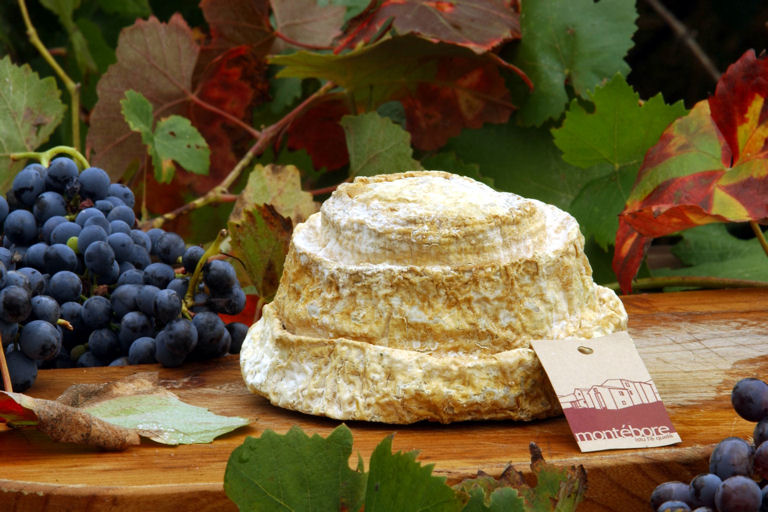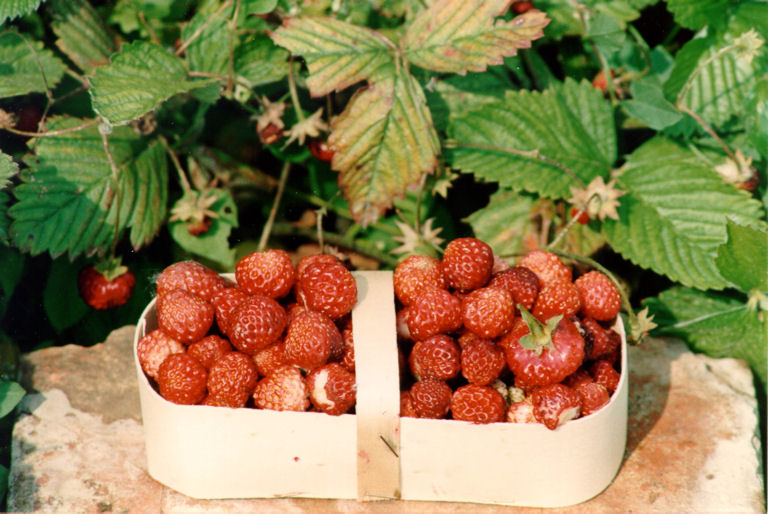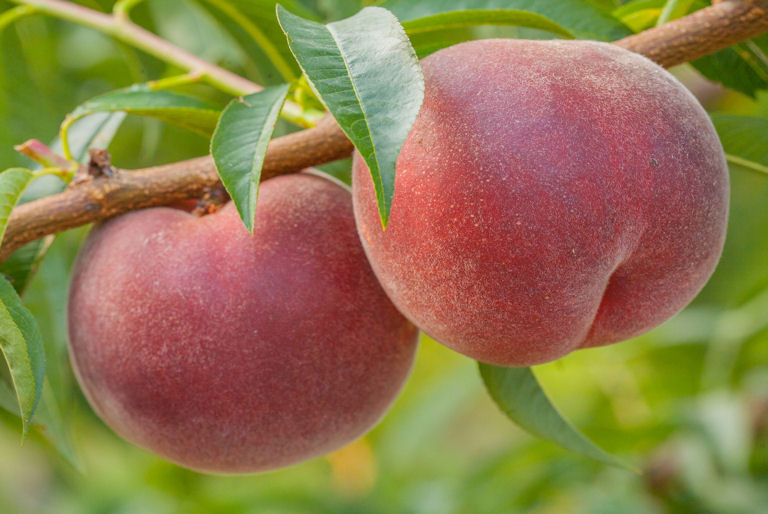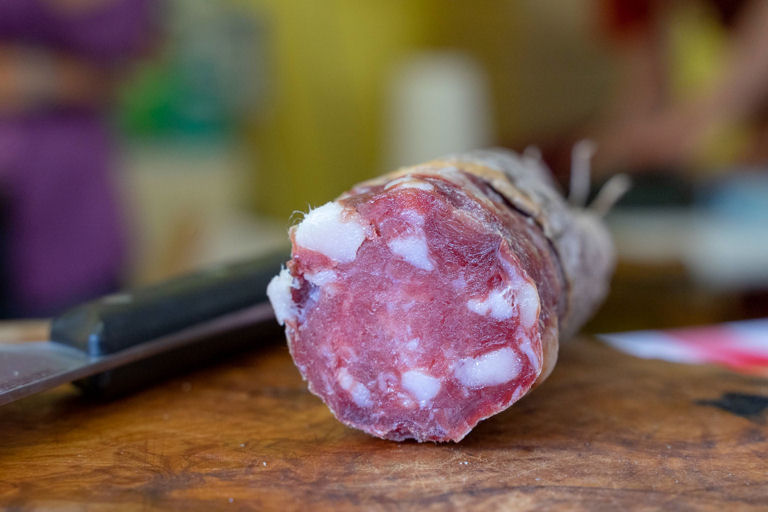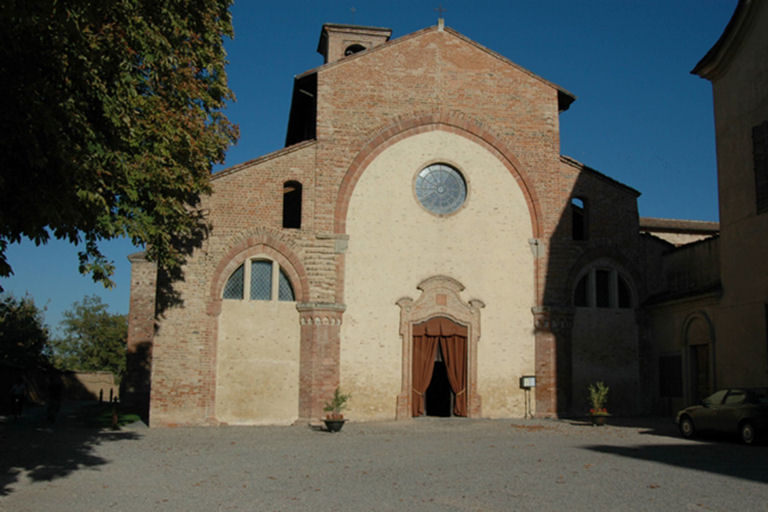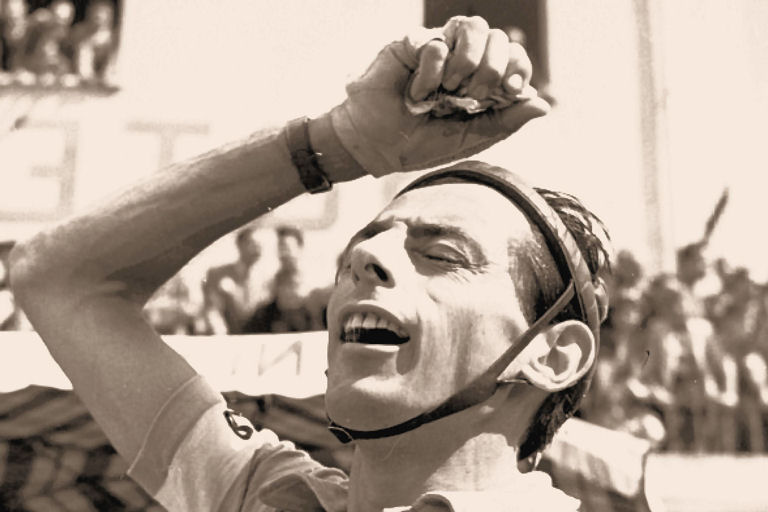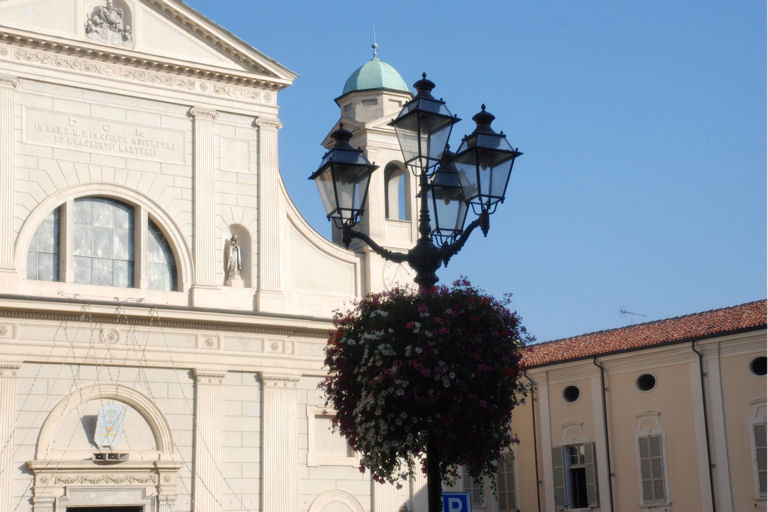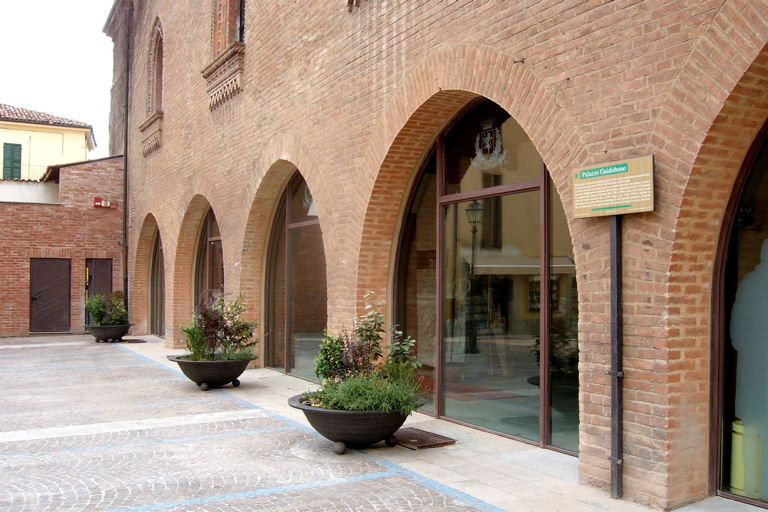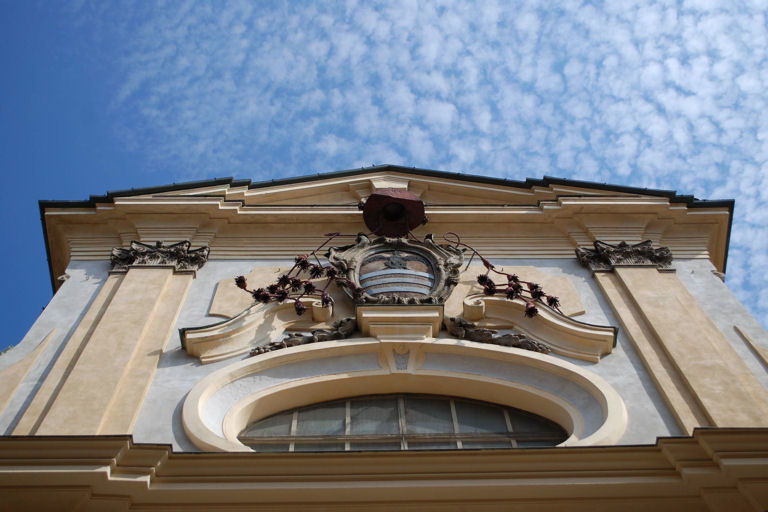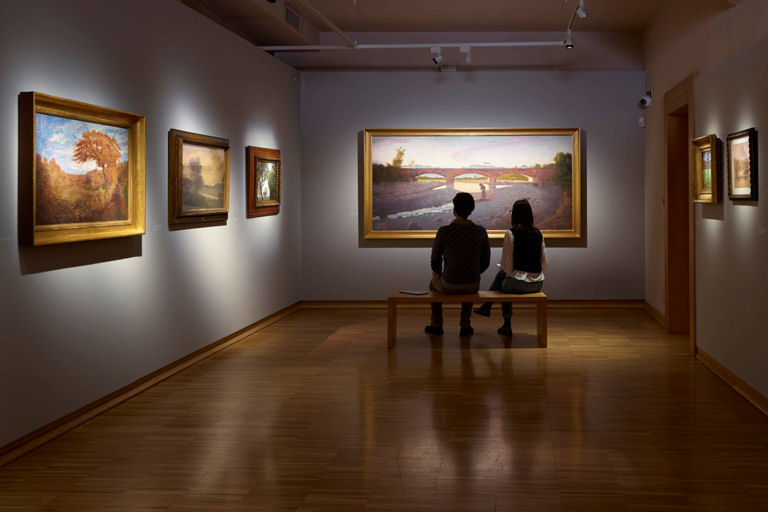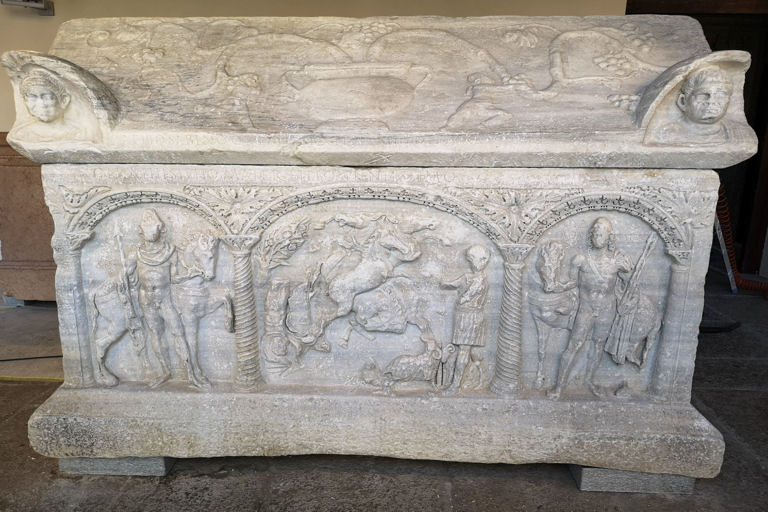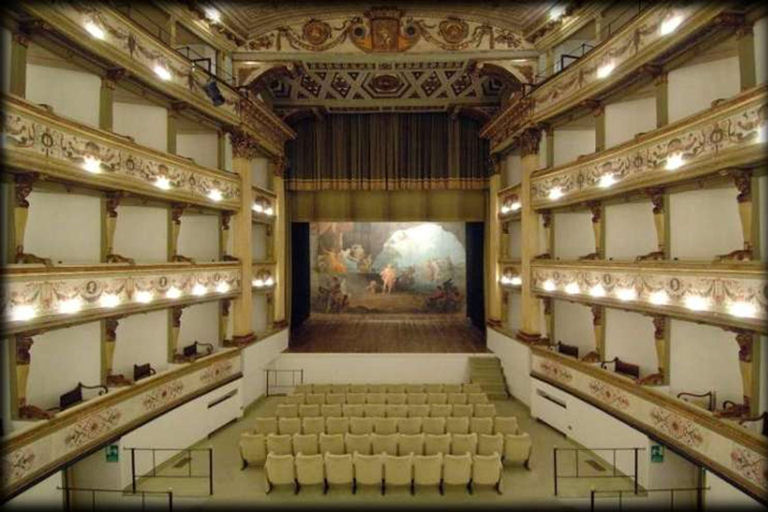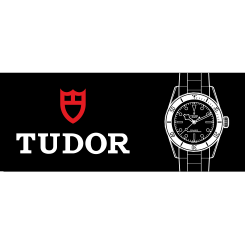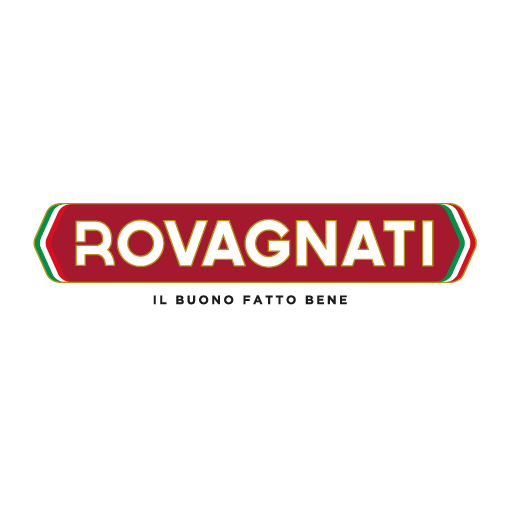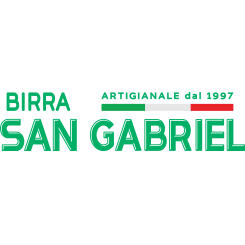profile
map
start / finish
final kilometres
itinerary timetable
tourist info
Host city:
NOVI LIGURE
Touristic Information
Known as Curtis Nova, the town was probably founded by a rural community, gathering people from the neighbouring town of Libarna, after it was abandoned shortly before the fall of the Western Roman Empire.
Initially part of Marquis of Obertenga, in 969 it was donated by Ottone I to the monastery of San Salvatore in Pavia and it became castle around the year 1000.
Over the first decades of the XII century, it was a free commune, in precarious balance between the battling towns of Tortona and Pavia, and Genoa, allied with the second one. It entered in Tortona’s influence, where it remained even after the peace of Costanza in 1183.
Novi Ligure is an Italian municipality in the province of Alessandria, with a population of 27 328 people; it is the county’s third most populated town after Alessandria and Casale Monferrato. As main city of the area, it gives the name to the Novese county and serves as an important centre for its hospital, its high school district and the many services it provides for the citizens.
Historically it has been an important commune of the Genoa Republic and capital city of the Novi province, during the Reign of Sardinia. The word “Ligure” was added to its name with a Royal Decree in 1863, after the town passed under the Piedmont county with the Rattazzi Law. This decision was taken to emphasize the connection with Genoa and Liguria, still strong today.
Over history, because of its strategic position, Novi Ligure was first contested by the Italian feudal states and afterwards it became the main town of the Genoa Republic in the historical region Oltregioco, being crossroads of commercial and monetary business between Liguria and the Po valley.
Today Novi Ligure is a commercial and industrial centre economically based on the wine production especially of Cortese Gavi DOCG, on the steel industry and on the confectionery hub, with important brands as Novi-Elah, Dufour, Campari and Saiwa.
Museo dei Campionissimi offers a fleet of both city and mountain bikes for rent, for those tourists who want to explore the surroundings following the tours of the big champions.
Gastronomy
Agnolotti (handmade filled pasta)
Merella chickpeas
Amaretti (biscuits from Piedmont)
Corzetti (pasta from Liguria)
Baci di dama (biscuits from Piedmont)
Farinata (with chickpeas flour)
Beverages
GAVI DOCG
Cortese vine was first ranked among the white wine varieties of Piedmont in 1659, when Marquis Doria’s farmer wrote that in the lands of Montaldeo (today neighbouring area to the “Gavi” production) “cortese vine were planted, together with vermentino, sweet nebioli…” and proposed himself to “lighten cortese with egg white”. In his 1799’s memoir, Count Nuvolone named this wine variety “corteis” using dialect.
Although the name was in vulgar language, (people used the word “curtaisa”) the vine was, on the other hand, a noble one. Nobleness was, first of all, in the term “cortese” chosen to name a gentle wine, destined to cheer the meals of Liguria middle class and aristocracy, always-dominating Oltregiogo’s mansions.
Points of Interest
Churches: Chiesa Collegiata, Chiesa di S.Pietro, Pieve di S.Maria
Historical Buildings: Palazzo Negroni (today Costa), Via Roma n.20 (ex Biblioteca Civica), Palazzo Cambiaso – Negrotto, Palazzo Brignole (Palazzo della Dogana), Casa Alignani, Palazzo Sauli o Bianco di Castelbianco, Palazzo Pallavicini, Galleria Perelli, Palazzo Pavese.
Theatres: Teatro Romualdo Marenco
Museums: Museo dei Campionissimi
TORTONA
Overview
The foundation of the Roman colony Dertona dates back to the period when the Romans declared war on Celtic-Liguria between 123 B.C and 118 B.C.. Between 40 and 30 B.C. this area was again colonized by the Romans and was named Iulia Augusta Dertona.
Tortona is an Italian town in the Province of Alessandria, Piemonte, with 26,543 inhabitants, located on the right bank of the Scrivia stream between the plain and the hilly offshoots of the Ligurian Apennines, a few km away from the border with Lombardy.
When you arrive in Tortona, the first two images that well symbolize Tortona and its history are the bell tower of the Sanctuary of the Madonna della Guardia on which stands the golden statue of the Virgin and the ruins of the castle tower that stands out on Colle Vittorio. In the 1801 Napoleon ordered the destruction of many fortresses in Piedmont. The same fate befell the fortress of Tortona; the last bulwarks were destroyed in 1805, with the exception of the Bell Tower, which became the symbol of the town.
Food
Among the most exclusive products of the area we mention the S. Pastore ancient wheat bread, the “Nobile del Giarolo” salami, the “Montebore” cheese in the shape of a wedding cake, the Tortona strawberry, the Volpedo peaches, the Garbagna cherry, and among the typical Tortonese dishes the “Anlot” or “Agnolotti” are served with the sauce that was used to make the filling; they can also be eaten in a clear soup or broth. However, the true anlot-lovers prefer to eat them “drowned” in Barbera wine.
“Pasta all’Ajà”, a typical dish exclusive to the Tortonese area and consists of a sauce made by grinding walnut kernels in a mortar with butter and a lot of garlic which is then poured over the homemade tagliatelle. Before pouring the sauce over the pasta you must add a few tablespoons of the water used to boil the pasta Homemade tagliatelle, seasoned with a sauce obtained by pounding walnuts, garlic and butter in a mortar. In the autumn seasons, to enrich the dishes on the table, there is no shortage of mushrooms and black and white truffles.
“Baci di Dama” are a product of the pastry-making art of the Tortona area. These biscuits are characterised by a fragrance and delicacy that is unique. The original recipe, originating only in Tortona, requires the use of almonds, an ingredient hard to find and more expensive than hazelnuts. This is one of the factors that distinguishes the production of these Baci; this is also a sign of the refined quality desired by the pastry cooks of Tortona.
Points of Interest
Our ideal path starts from the town centre, piazza del Duomo, facing onto the Via Emilia, that has always been the principal hub for travel of the town and that is partially identified with the ancient Roman “Cardo”. Here is the Cathedral, dedicated to Santa Maria Assunta and San Lorenzo. On the sides of Piazza Duomo, the “Bishop’s Palace”, in whose rooms the precious triptych by Macrino d’Alba (1499) is visible, and the Palazzetto Medievale, where “Il Divisionismo” is located, “Pinacoteca” of the Cassa di Risparmio di Tortona Foundation, which houses works by Pellizza da Volpedo and other famous painters of this artistic school.
Piazza Duomo opens onto the Via Emilia, the ancient Via Æmilia Scauri, the main road axis of the city, partially identifiable with the “cardo” of the ancient Roman “Derthona”; in a southerly direction its arcades (1846) and in a northerly direction you come across the Civic Tower, “Palazzo Guidobono”, seat of the Archaeological Museum, the church of San Matteo (1134) in which there is a panel dedicated to the Madonna and Child, attributed to Barnaba da Modena around 1370.
In the adjacent streets is the oldest church in the city, “Santa Maria dei Canali” (1040), among the paintings present, a nativity of Jesus attributed to a Lombard painter influenced by Leonardo da Vinci and the church of San Giacomo, a bright example of late Baroque style.
Continuing northwards on the Via Emilia, you can visit the “Orsi Museum”, dedicated to the agricultural machinery of the company of the same name, which excelled in Italy until the 1960s and a few steps further on, the remains of ancient Roman tombs and the Holy Cross dating back to the XII.
The Tortona hills and small villages offer unforgettable landscapes and numerous paths for walking, hiking, trekking and mountain biking.


